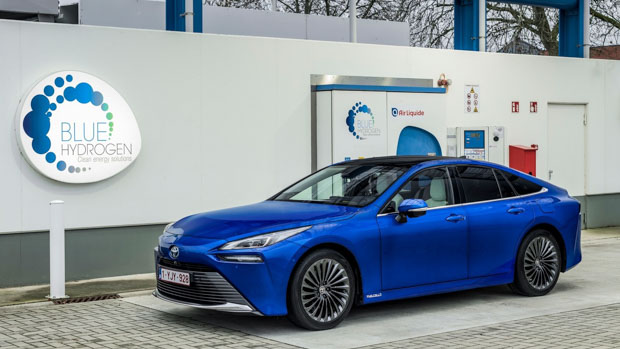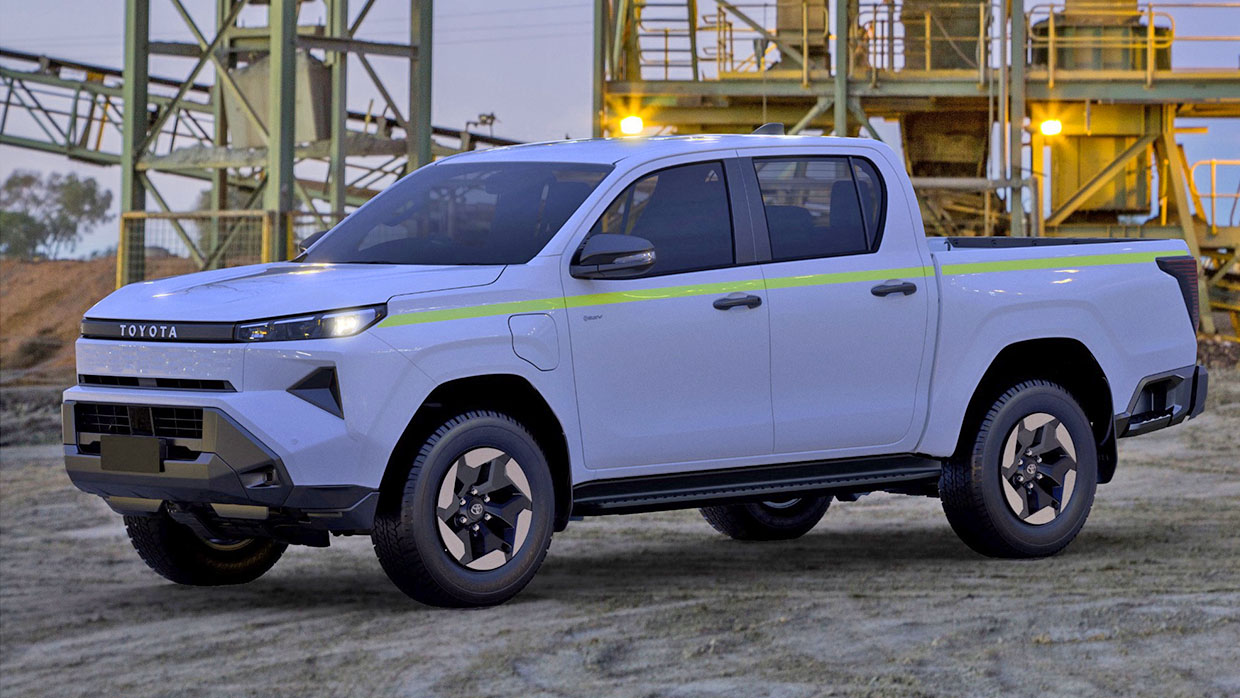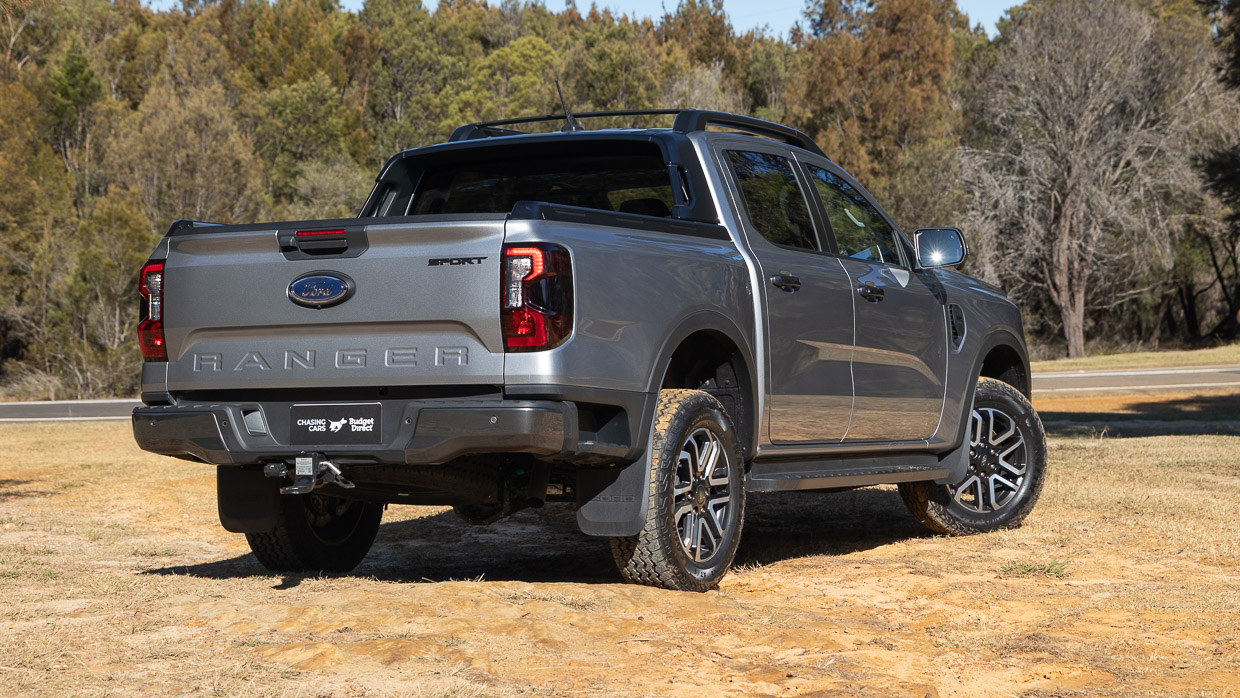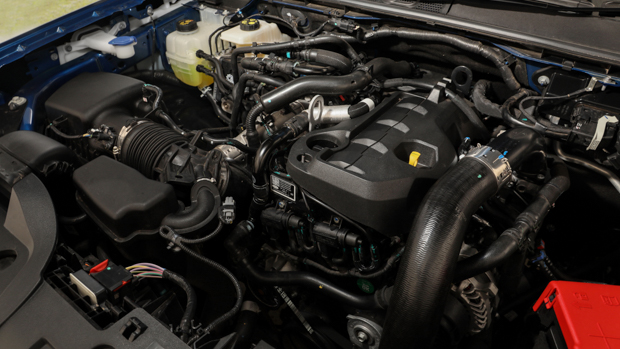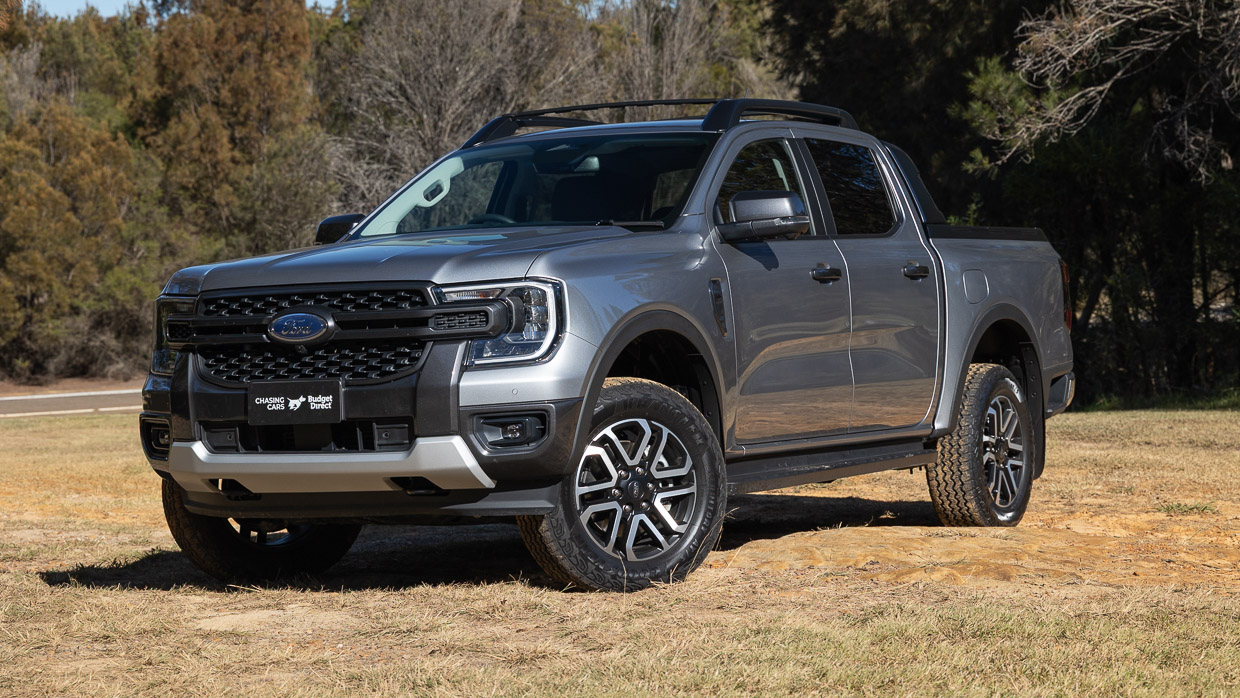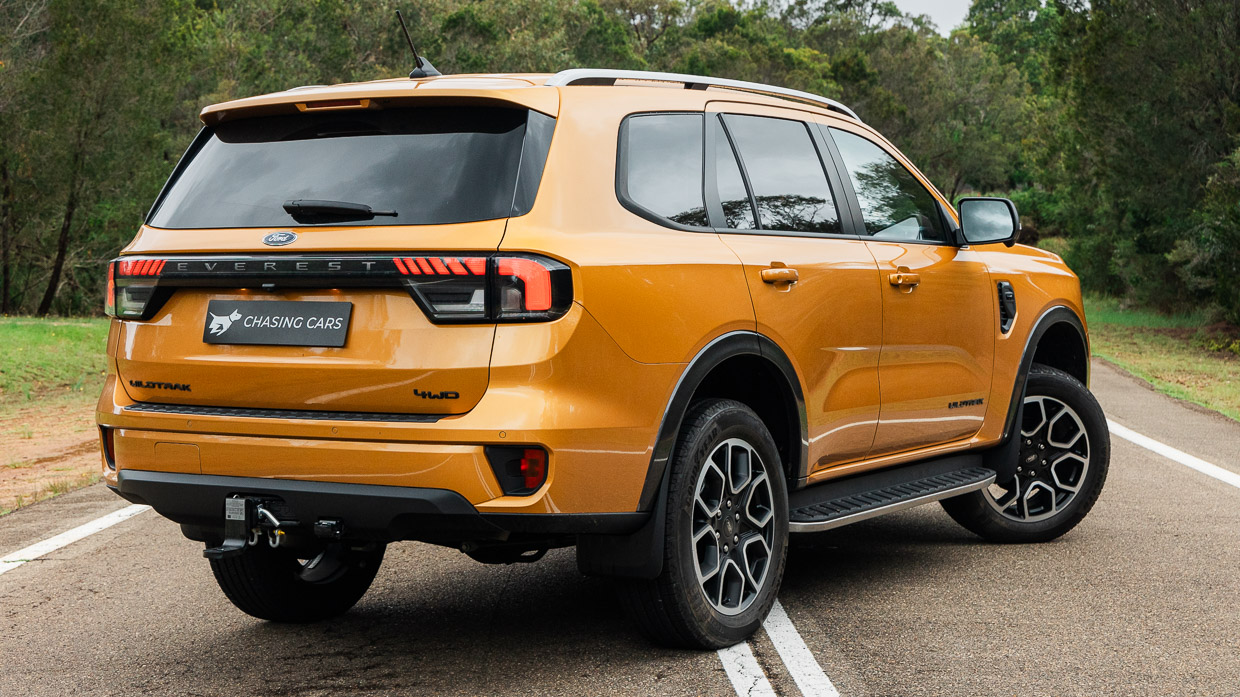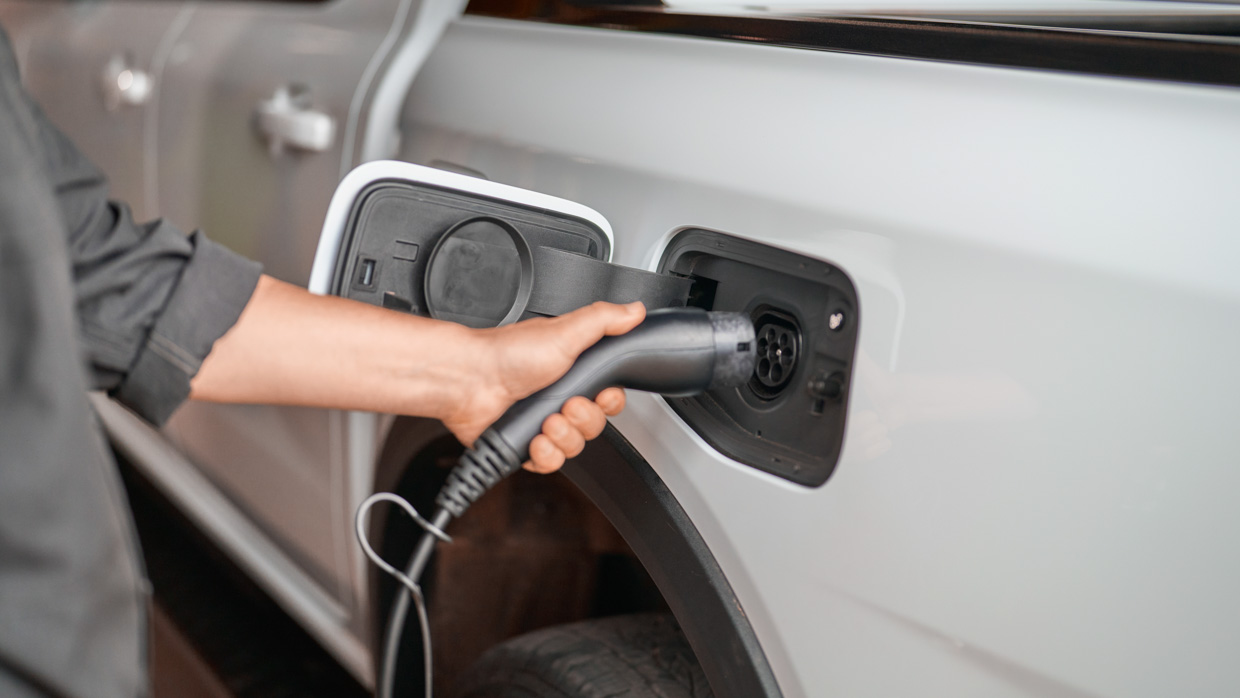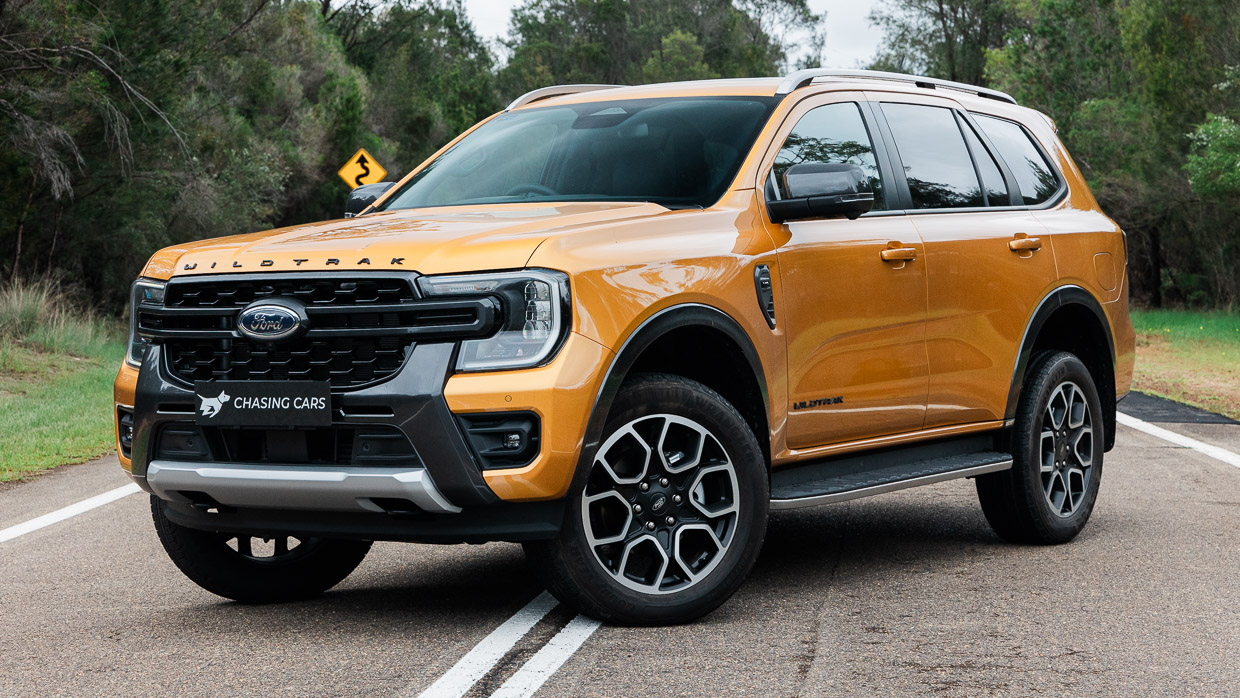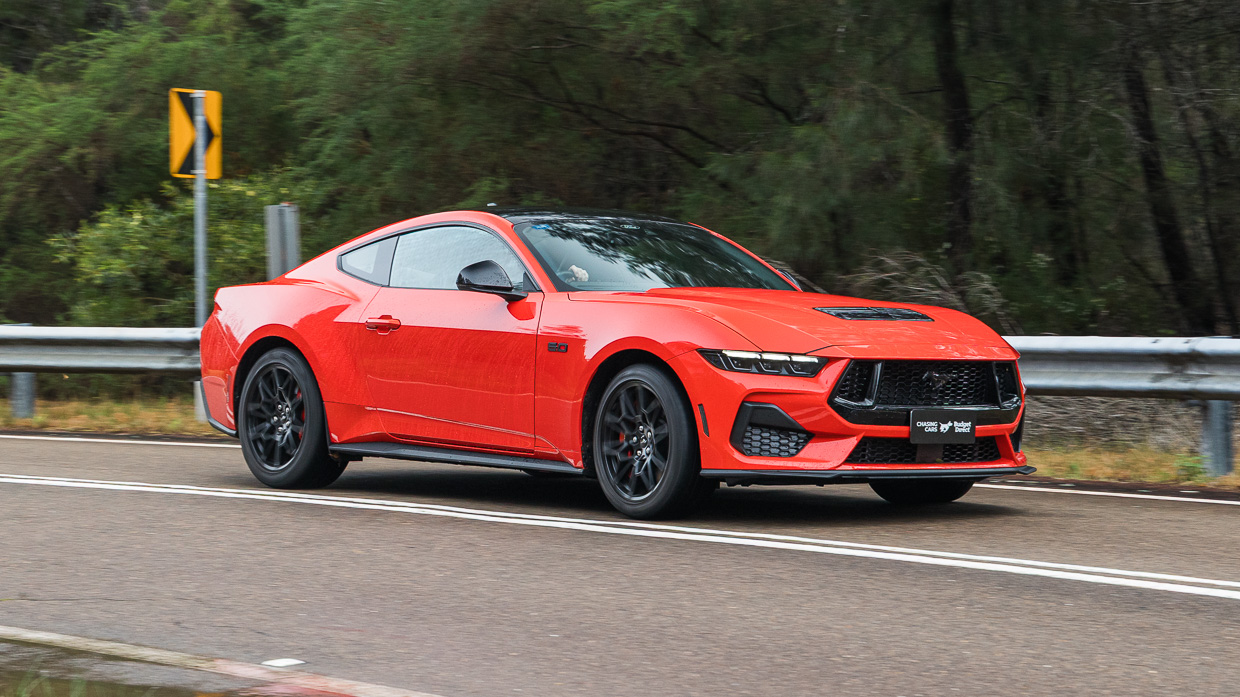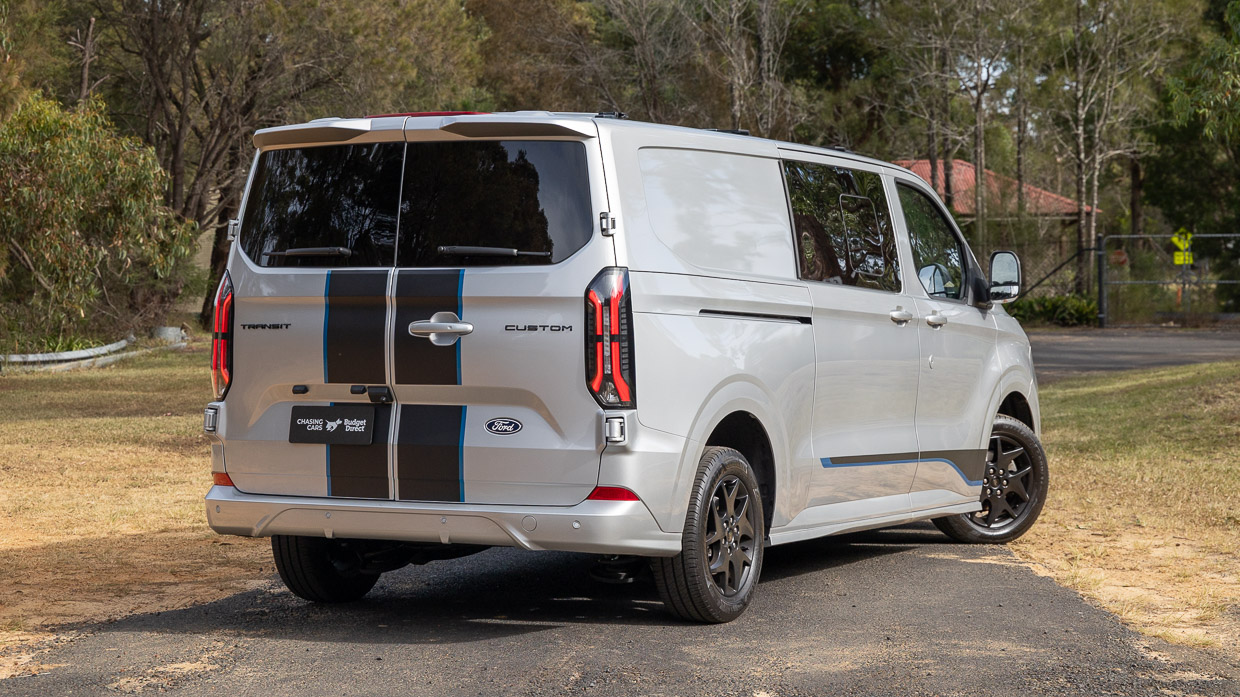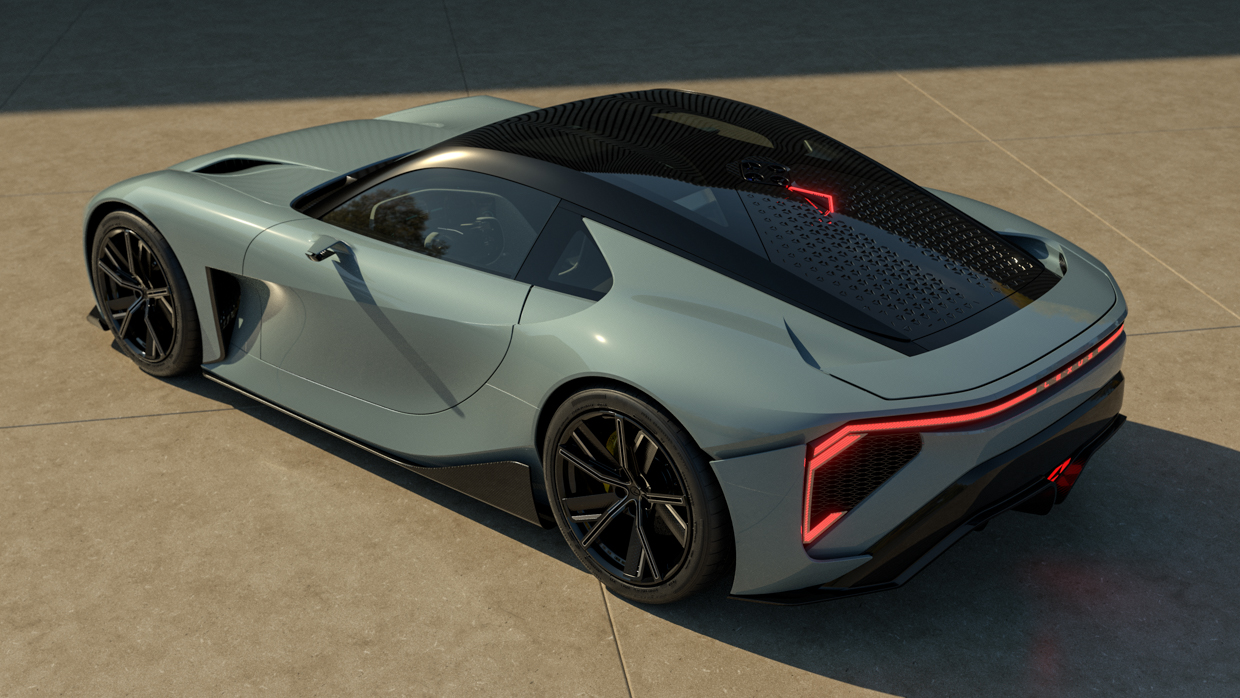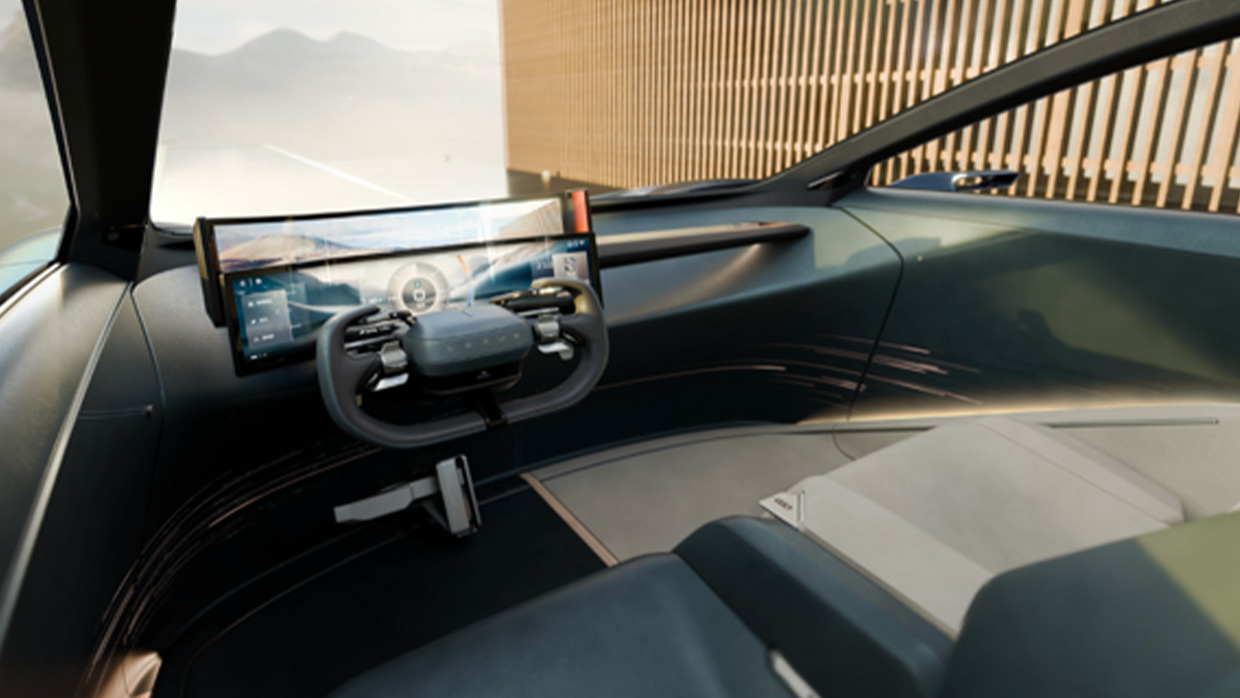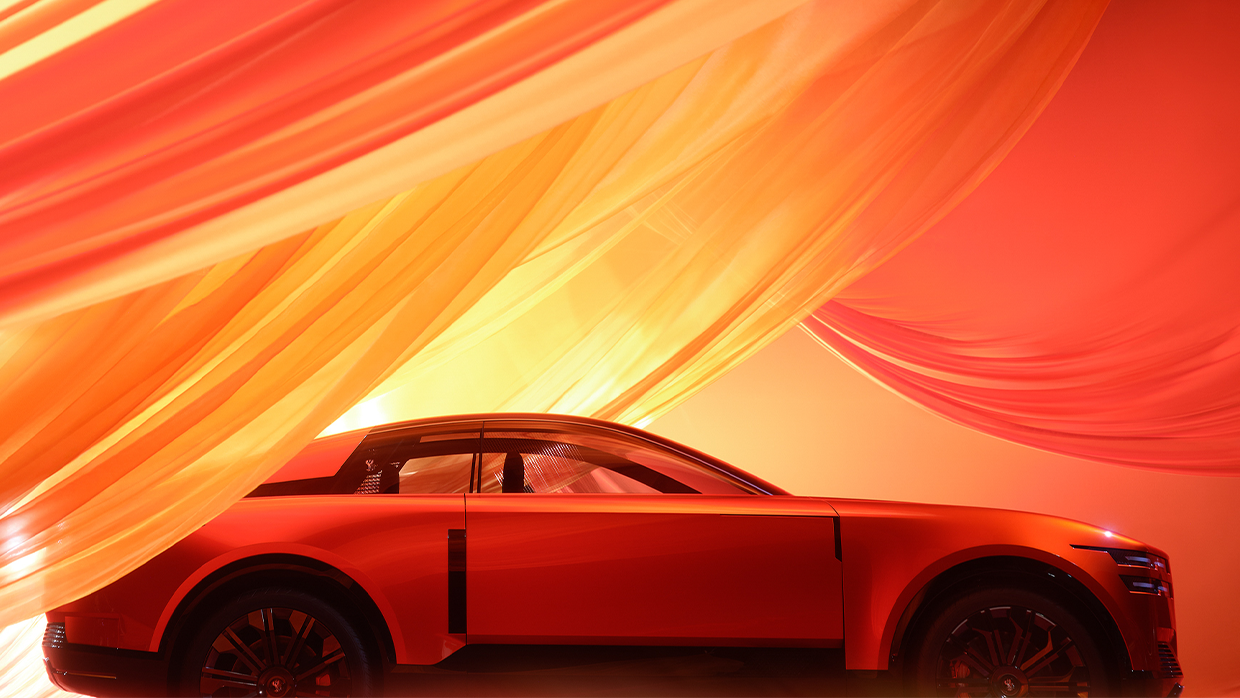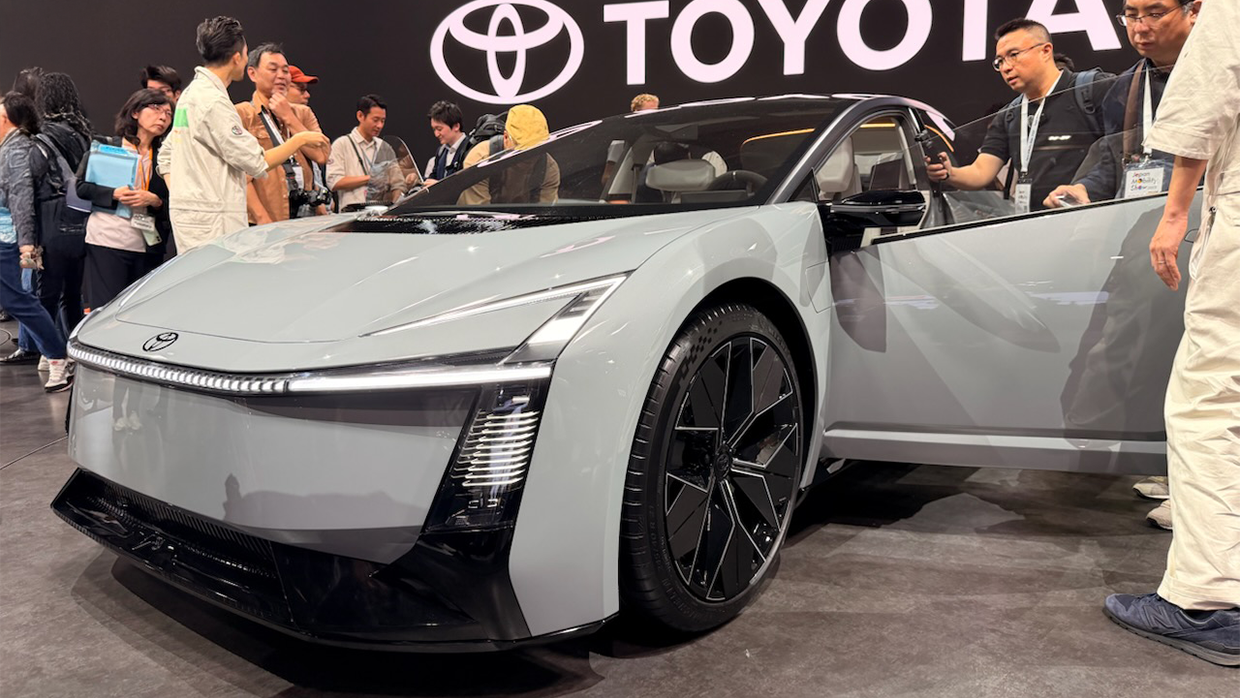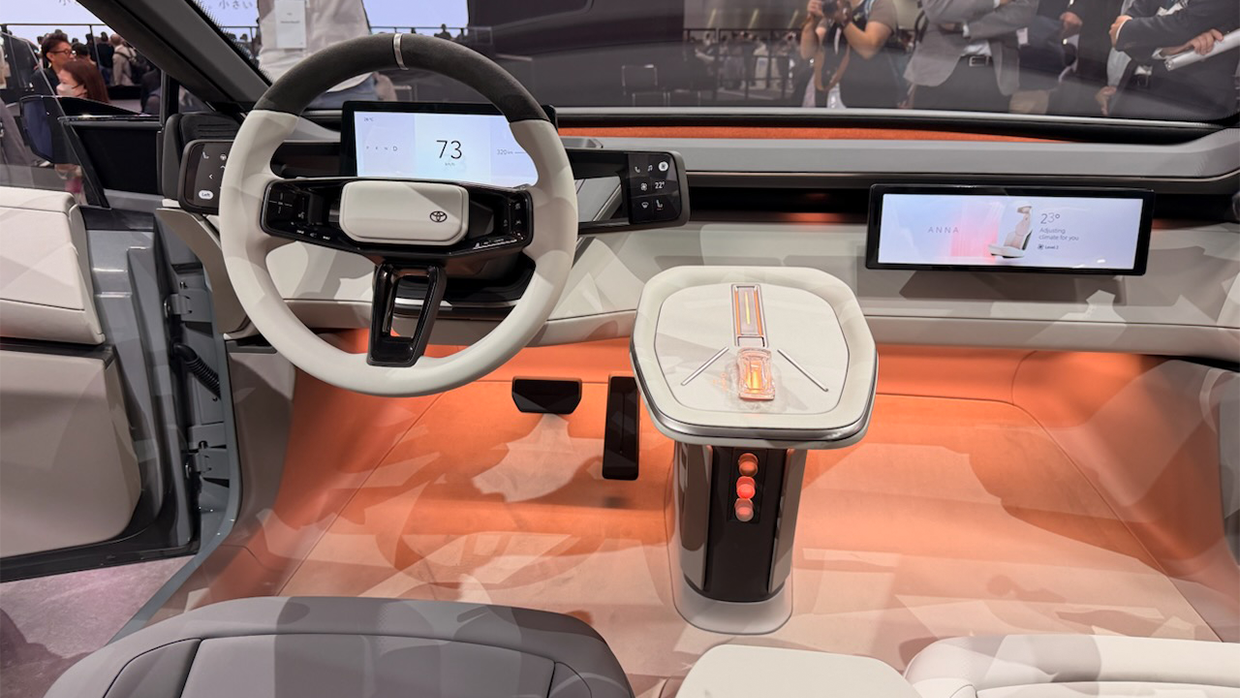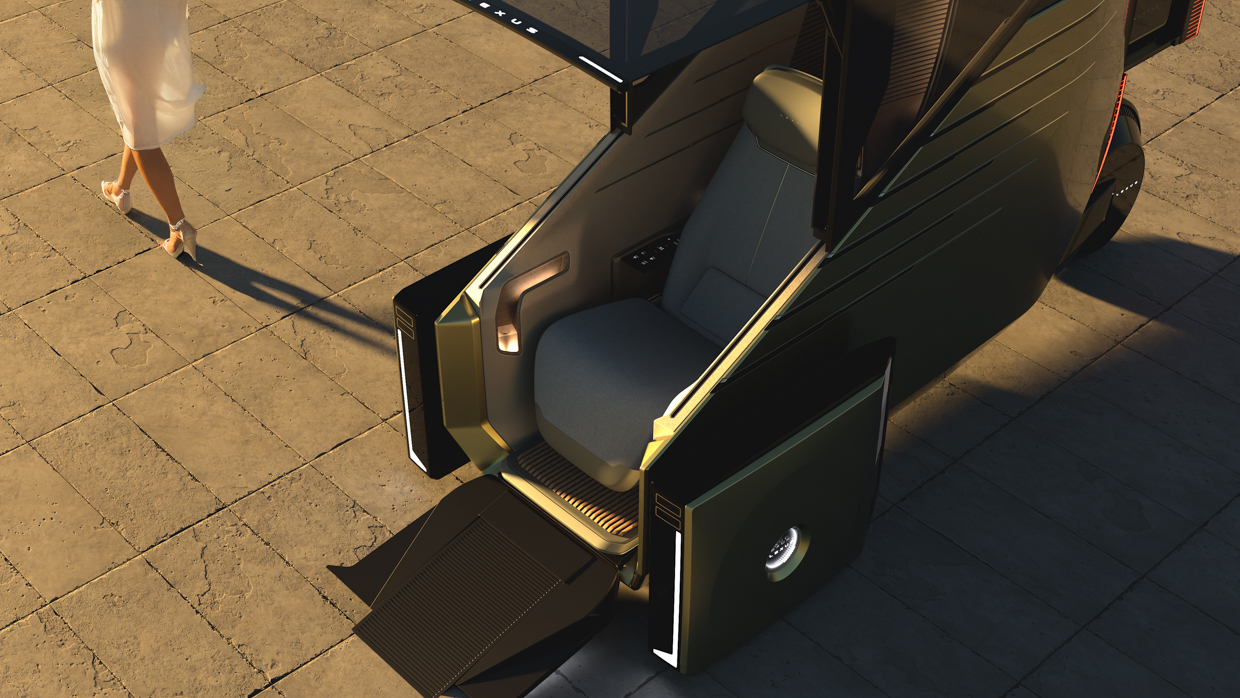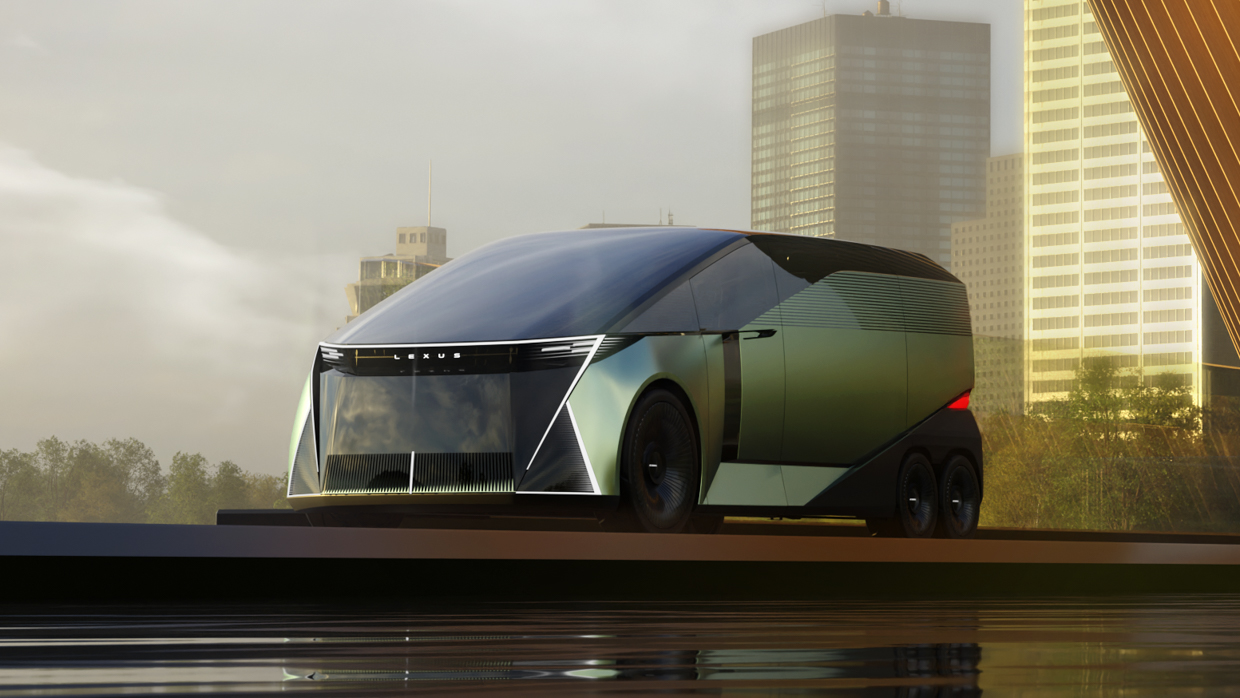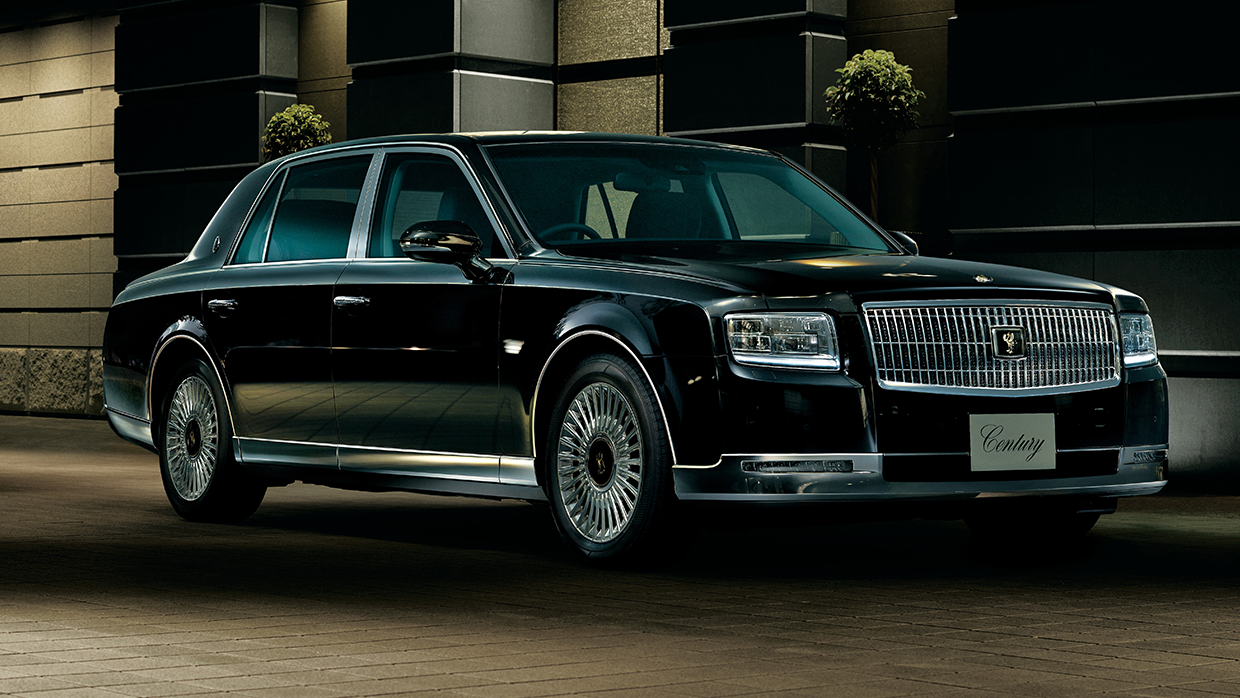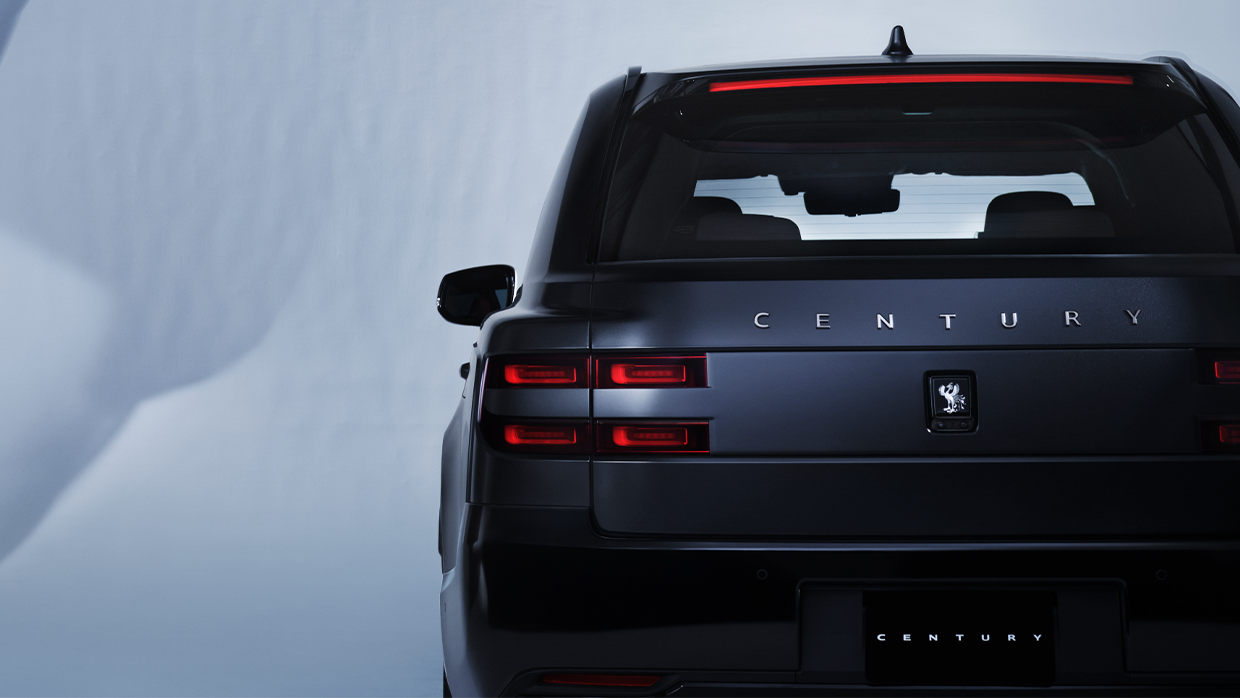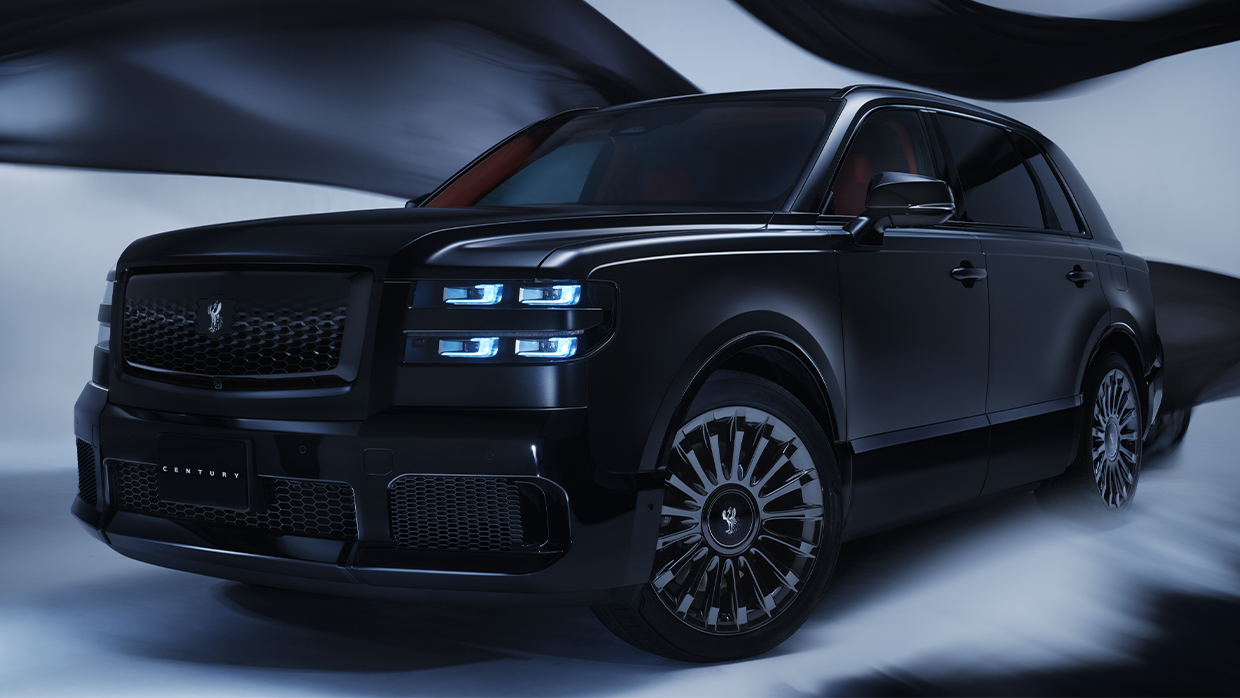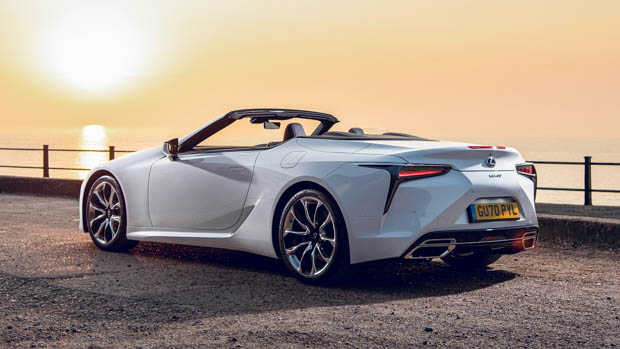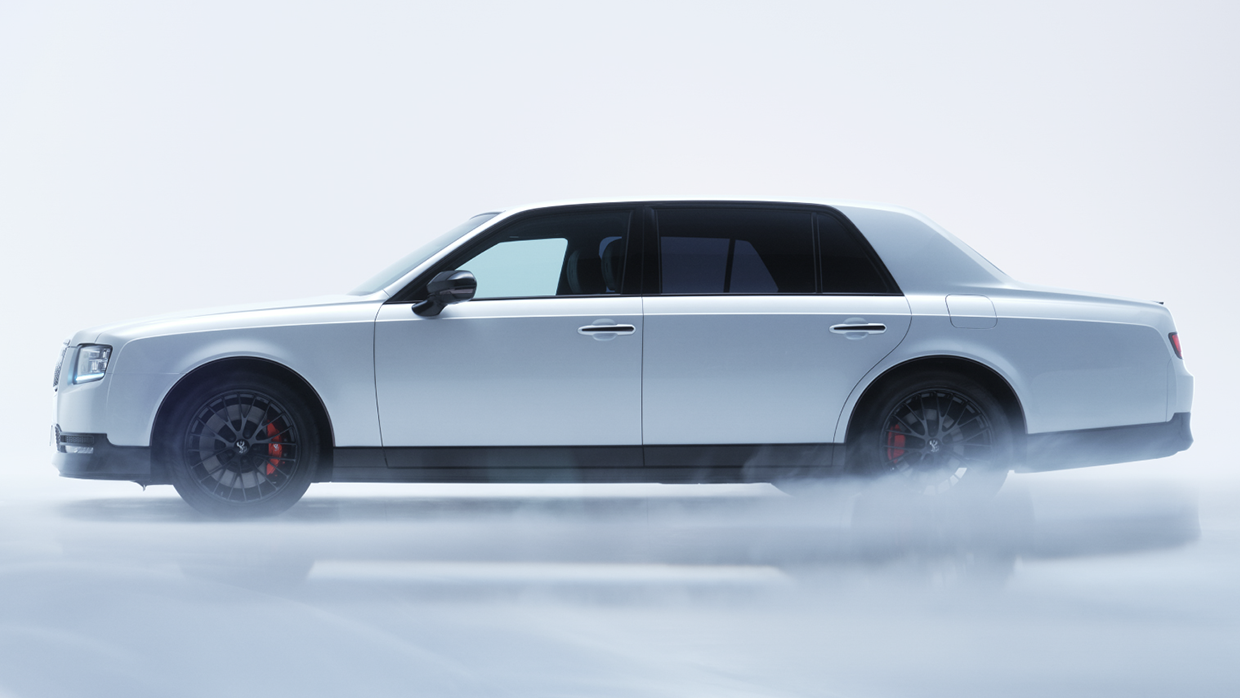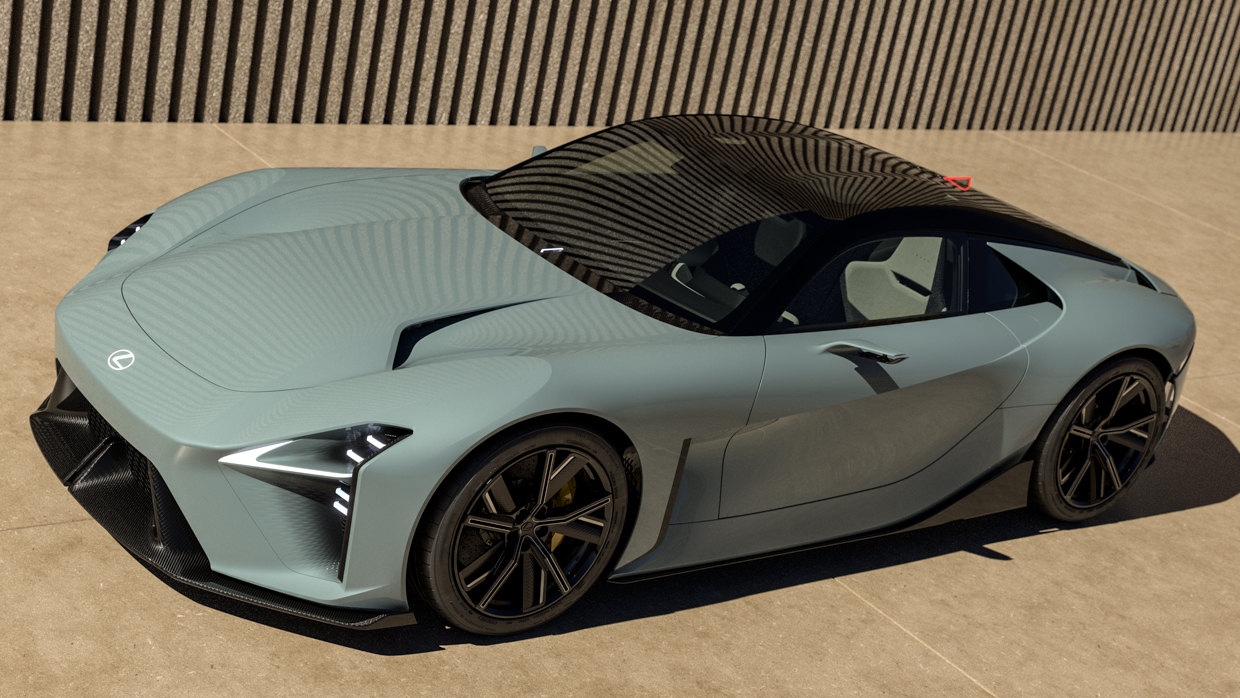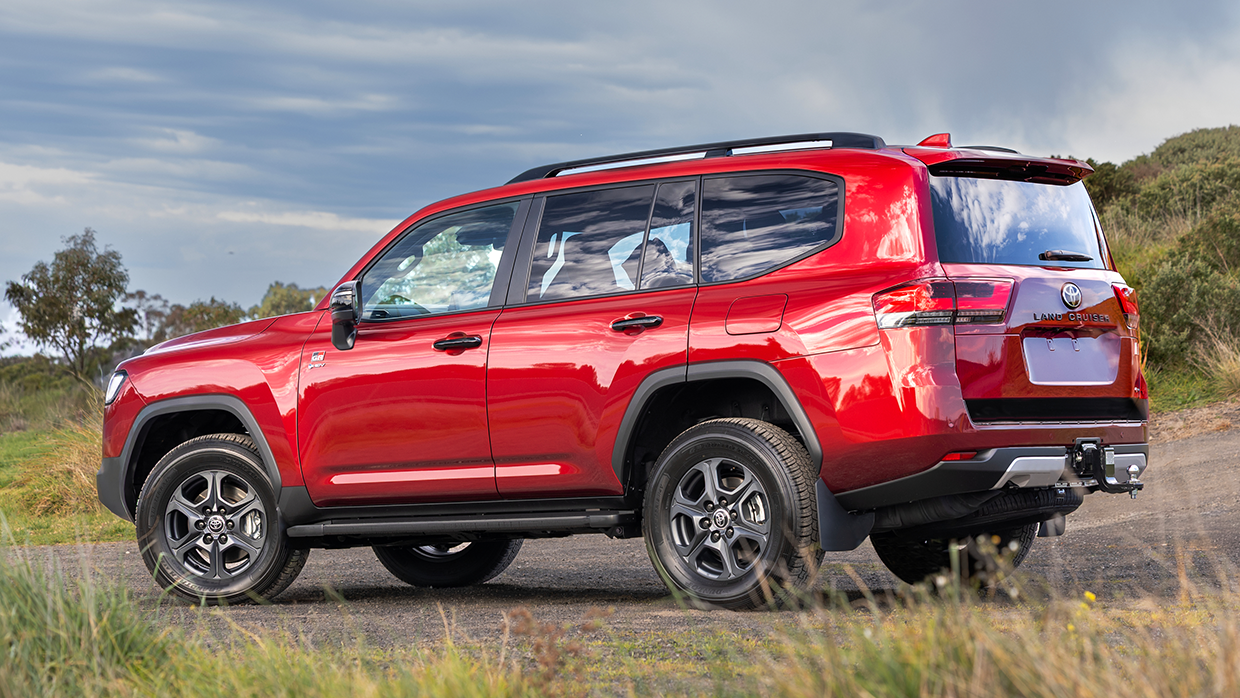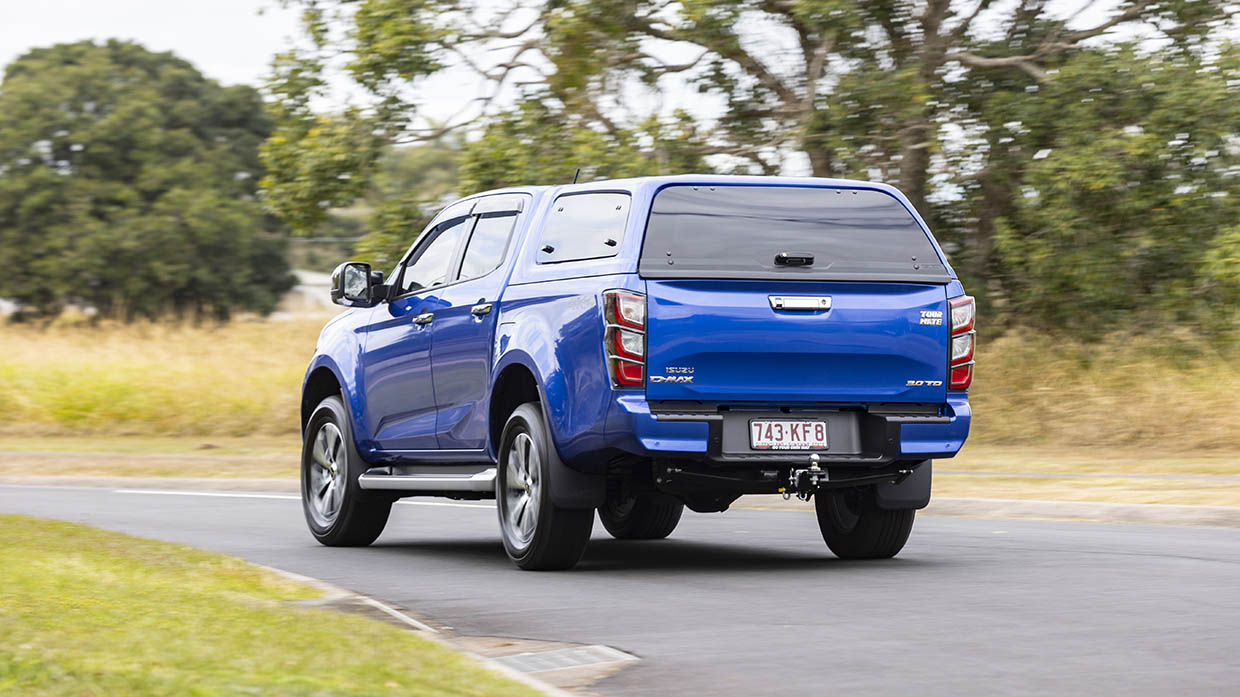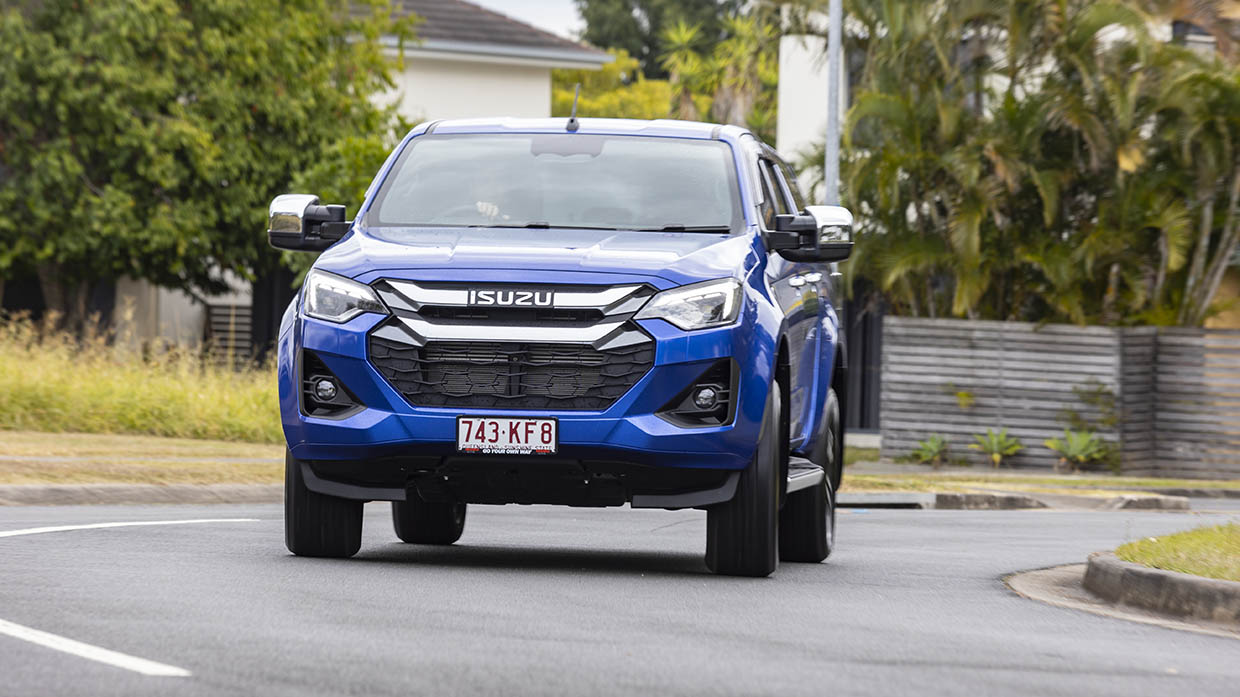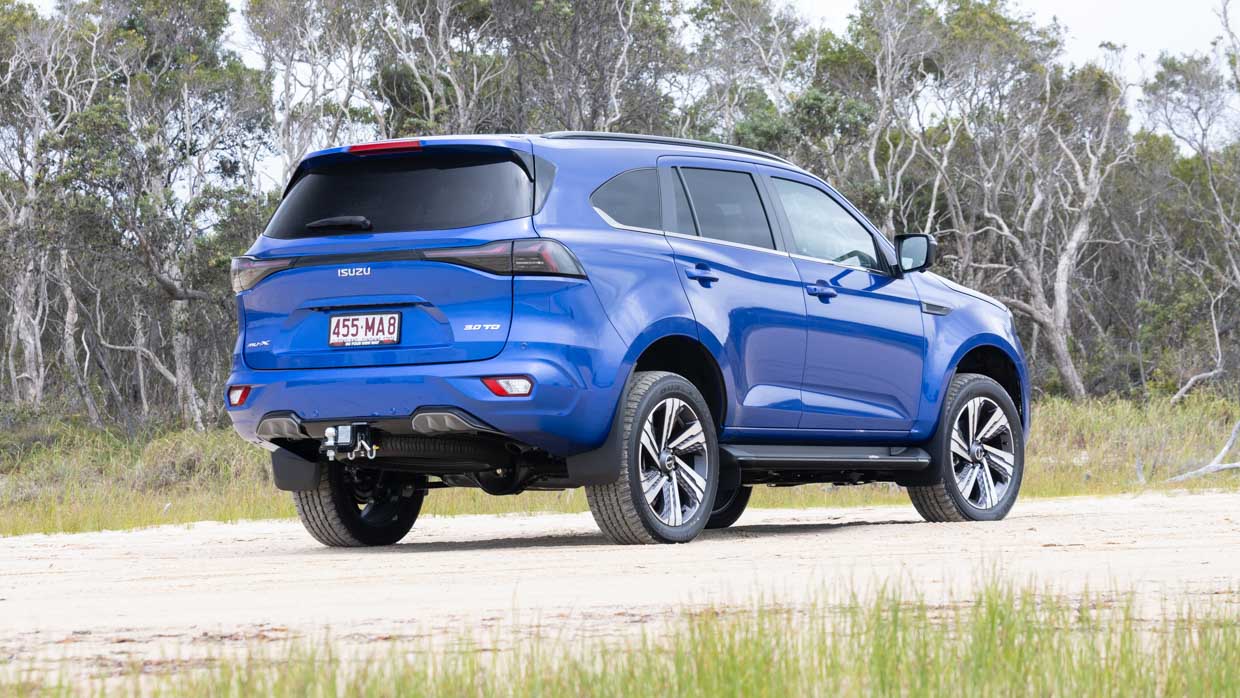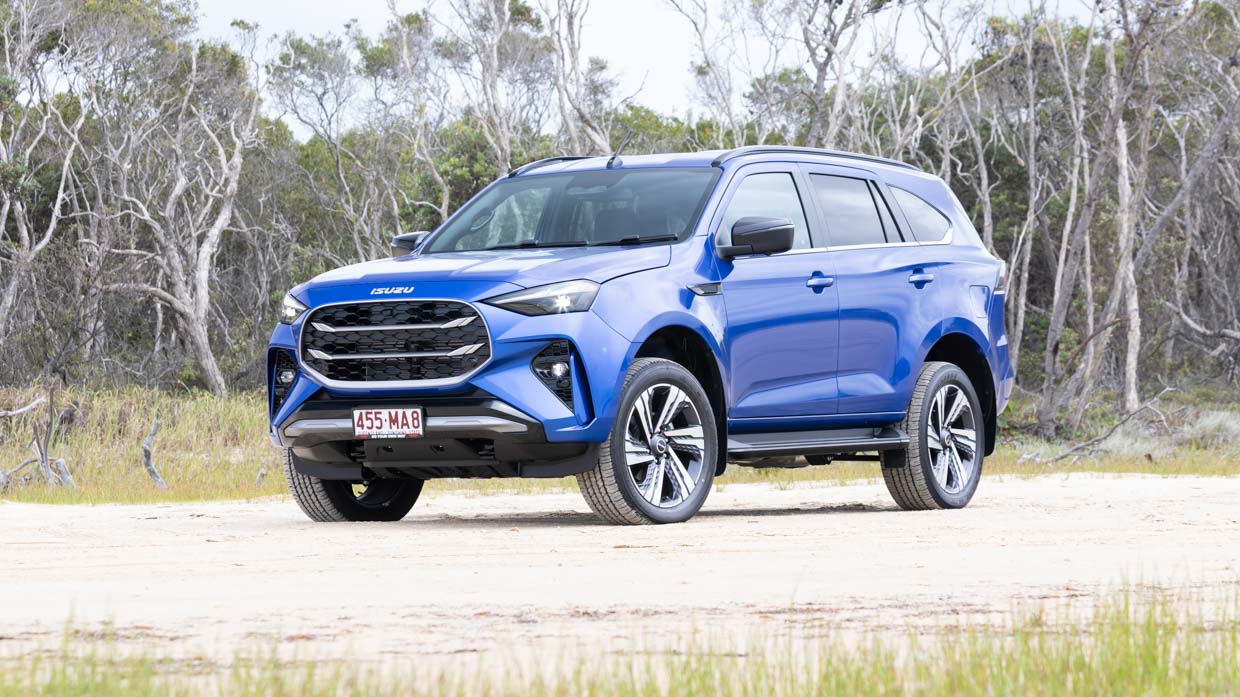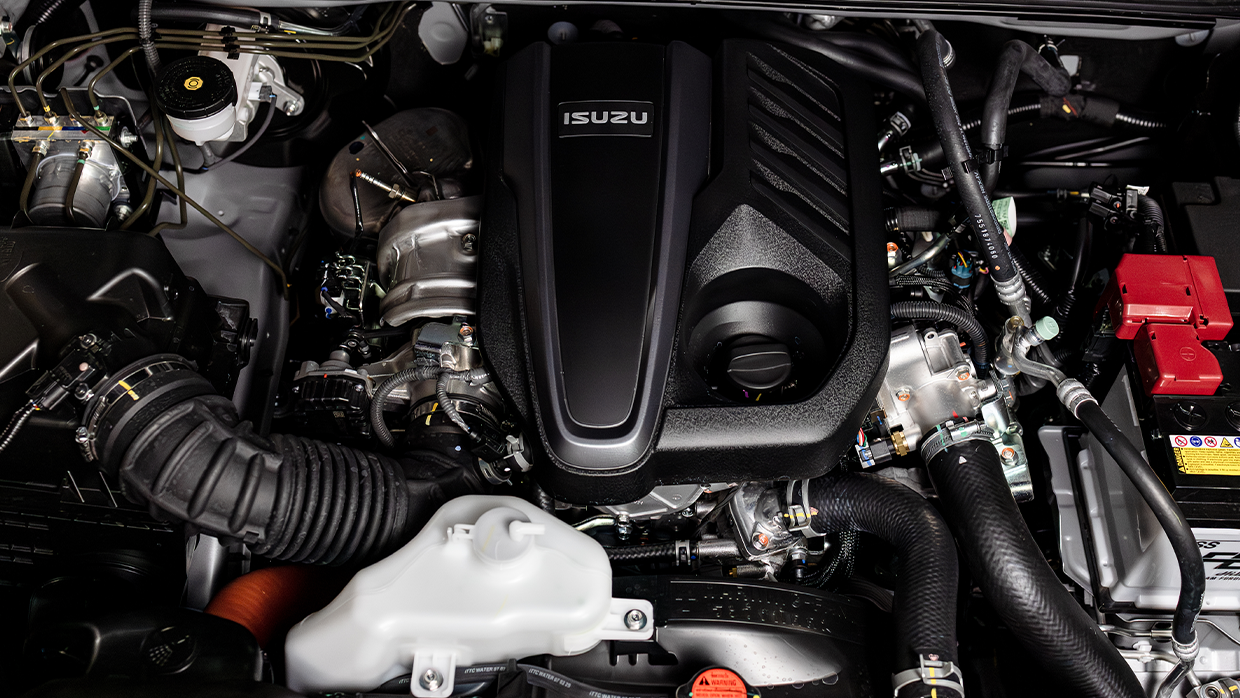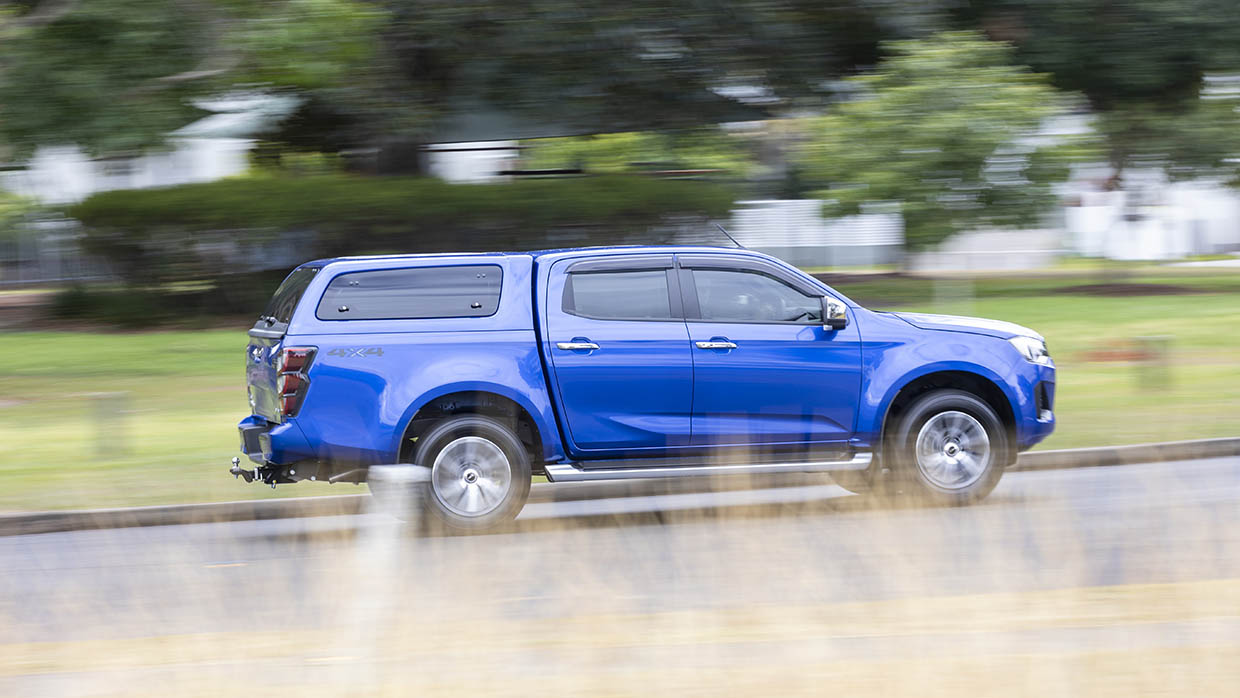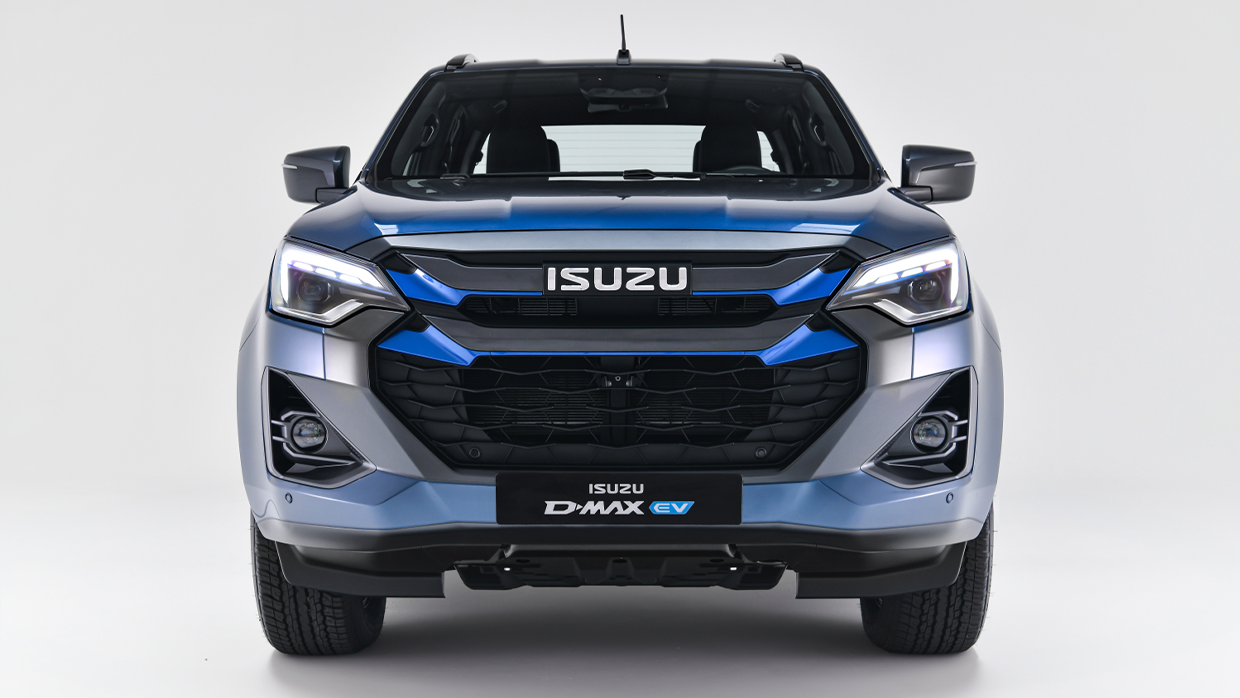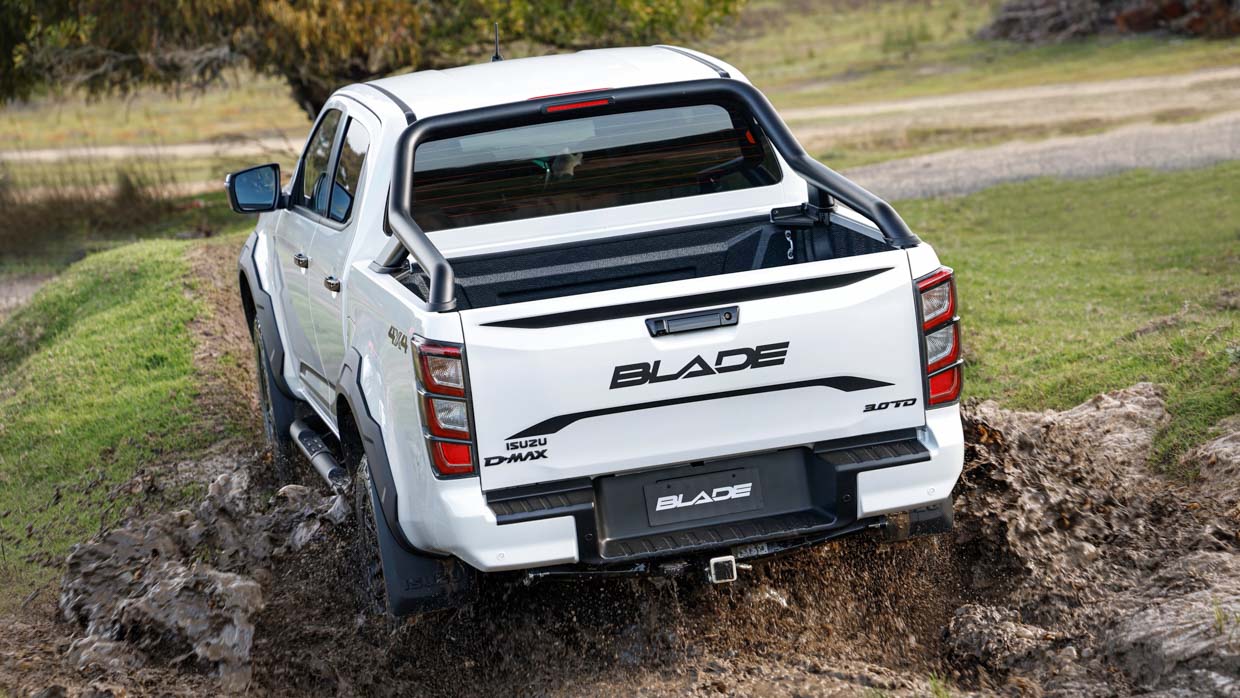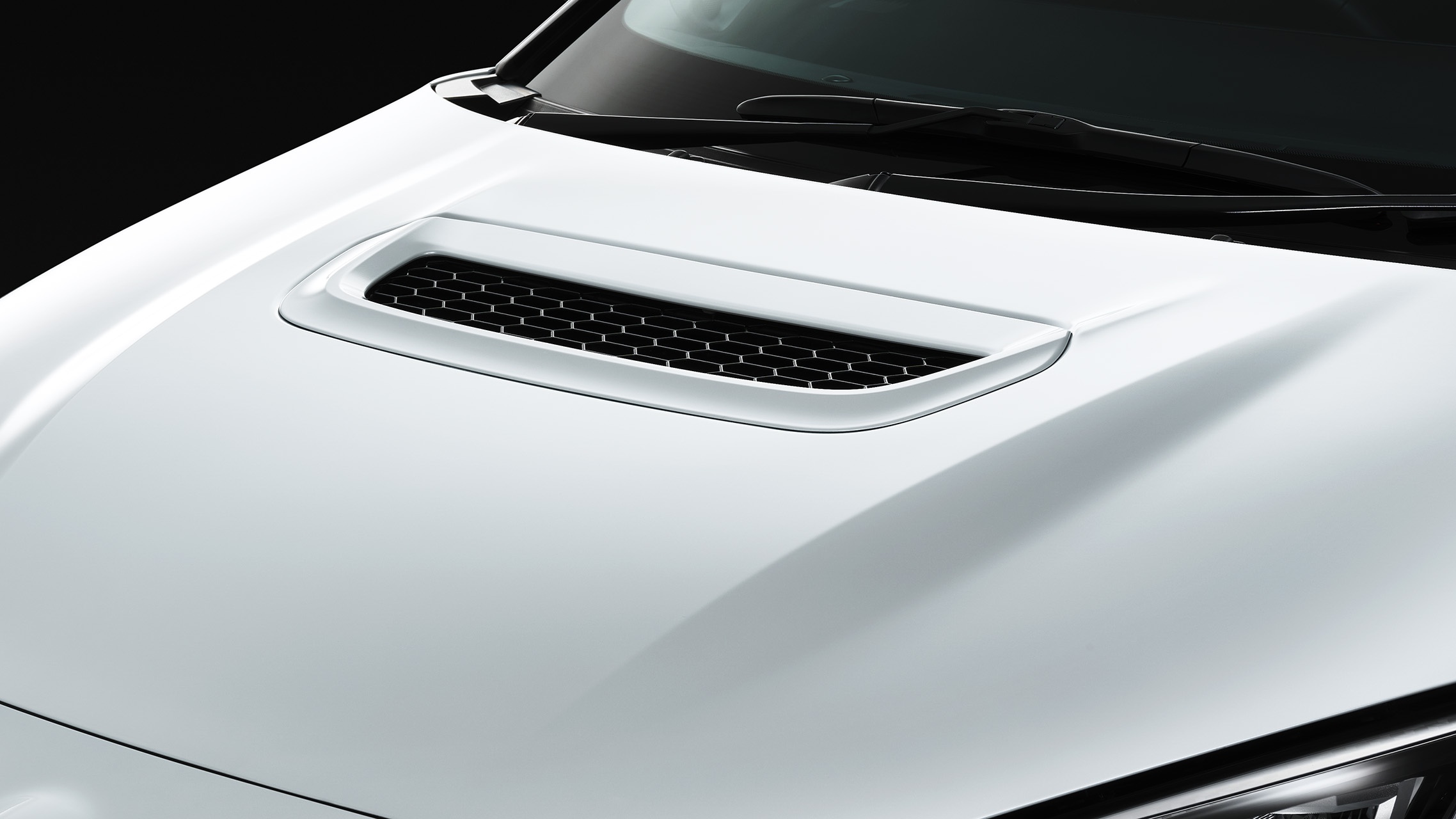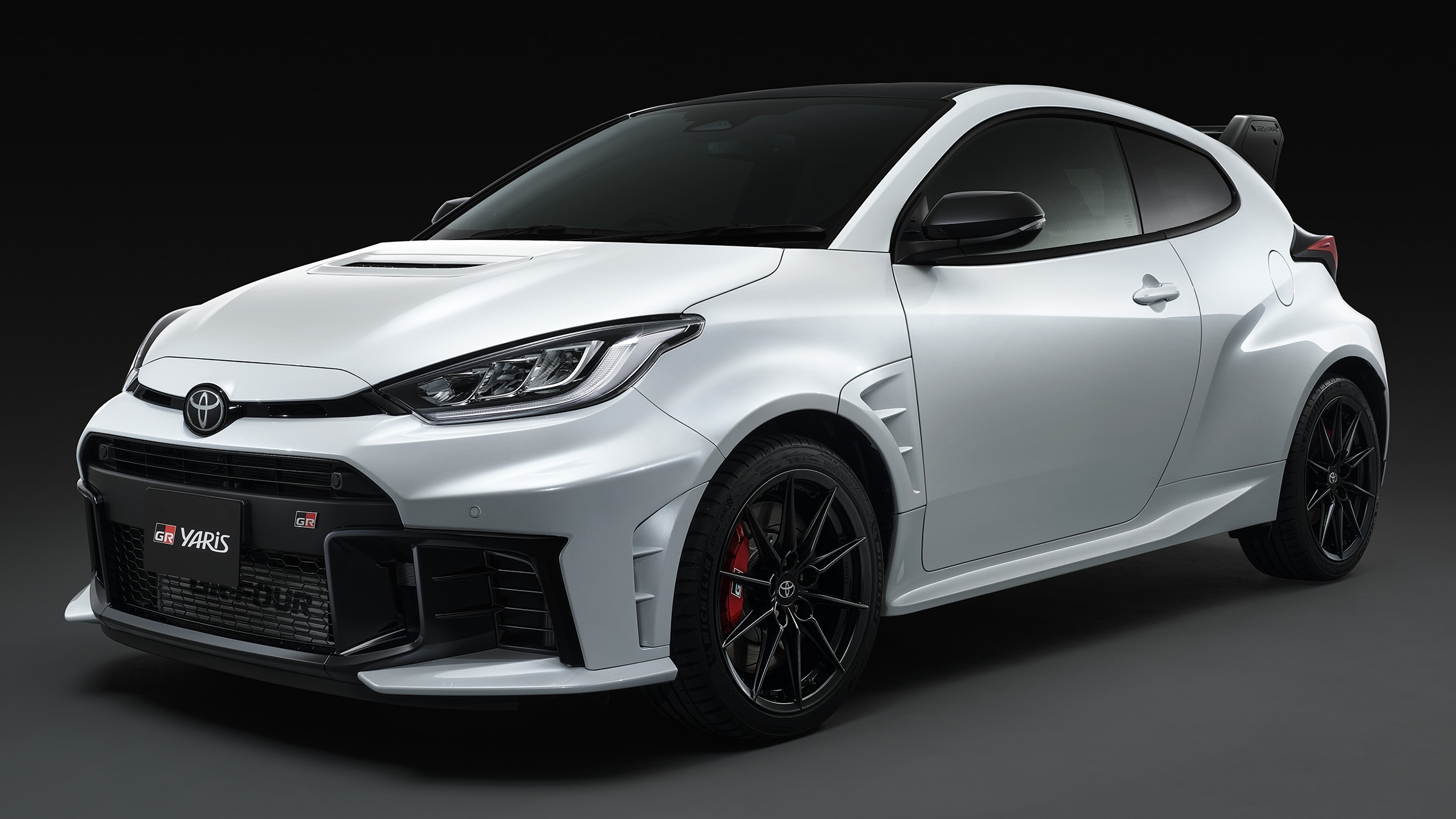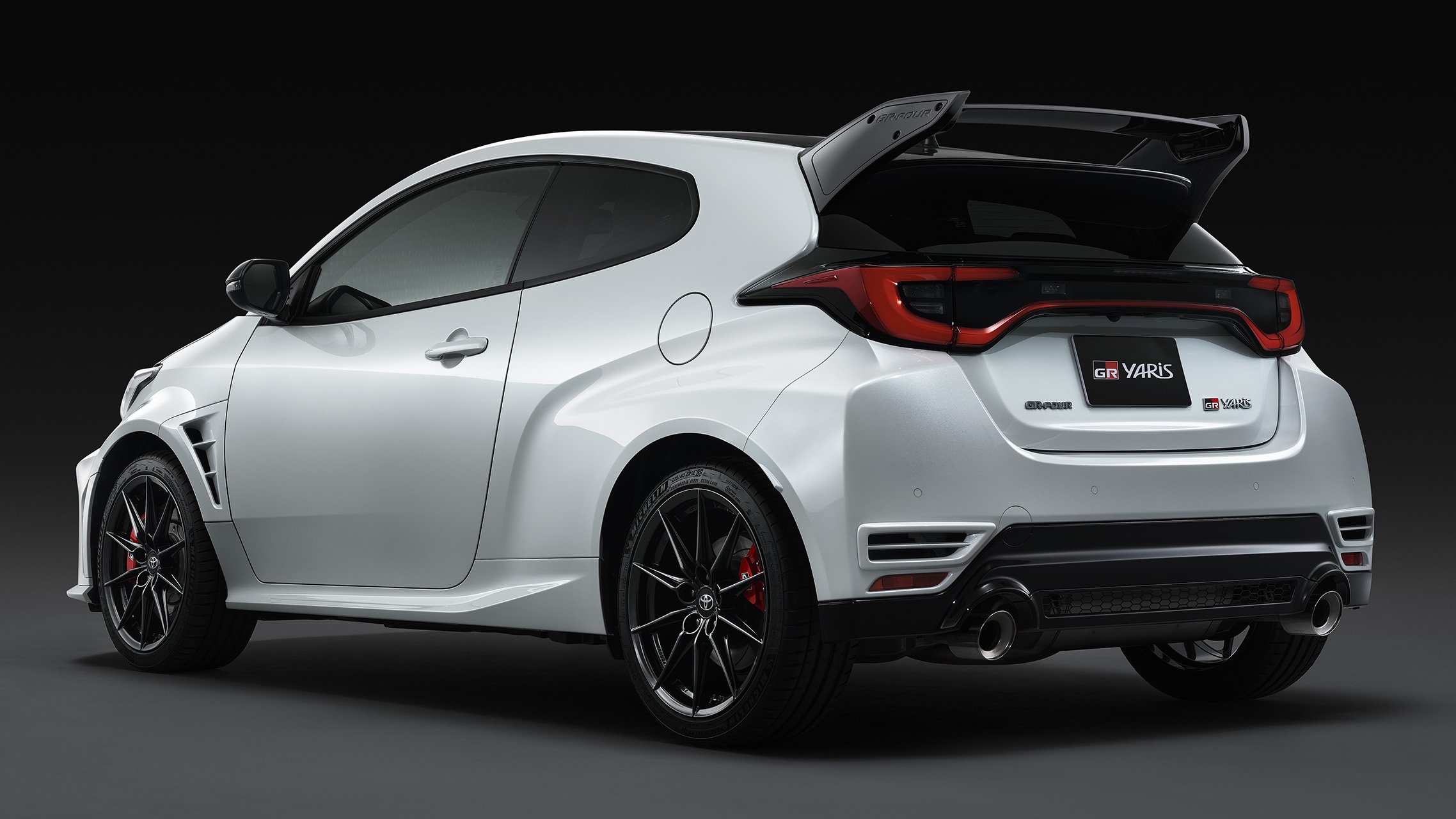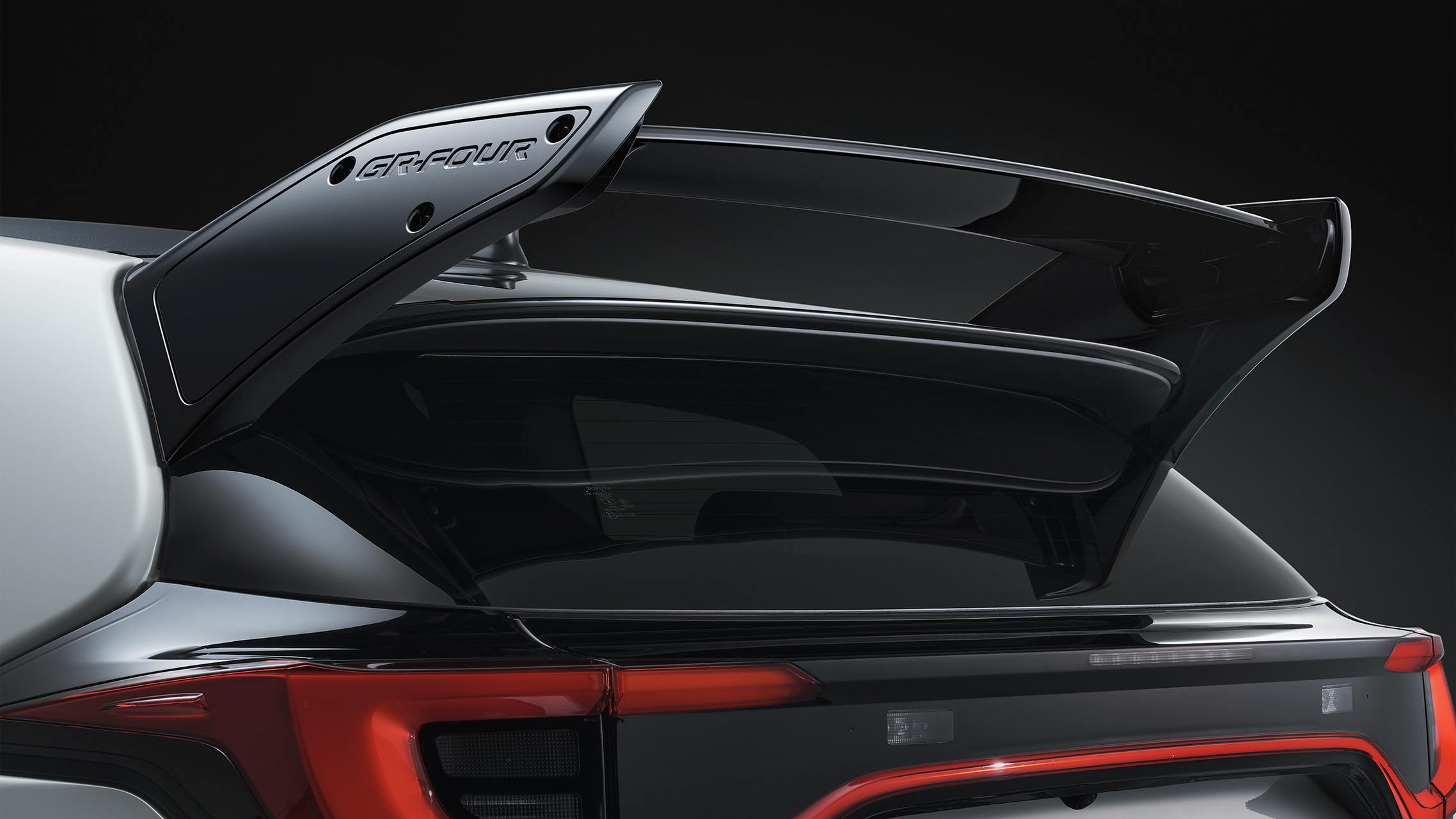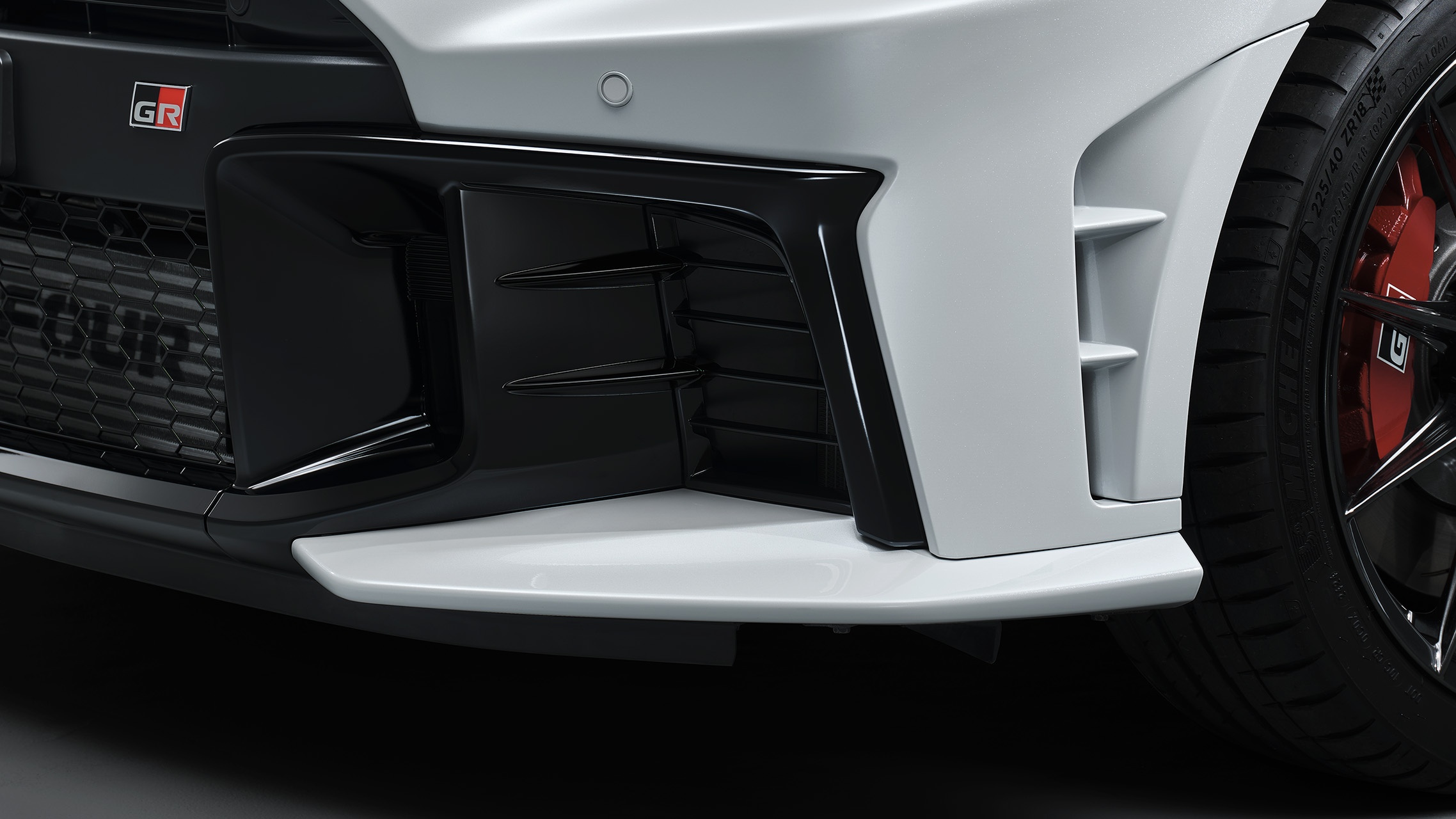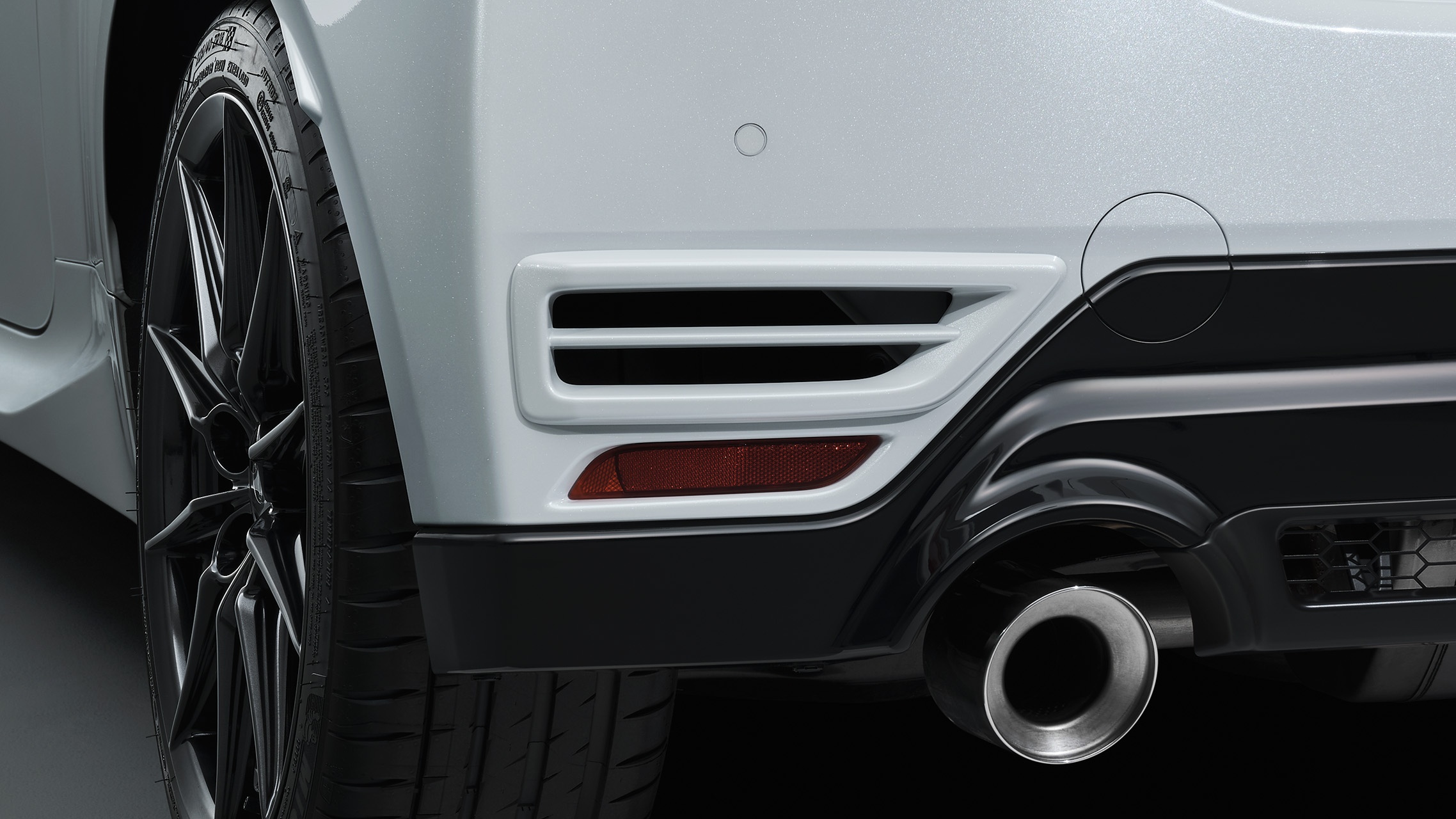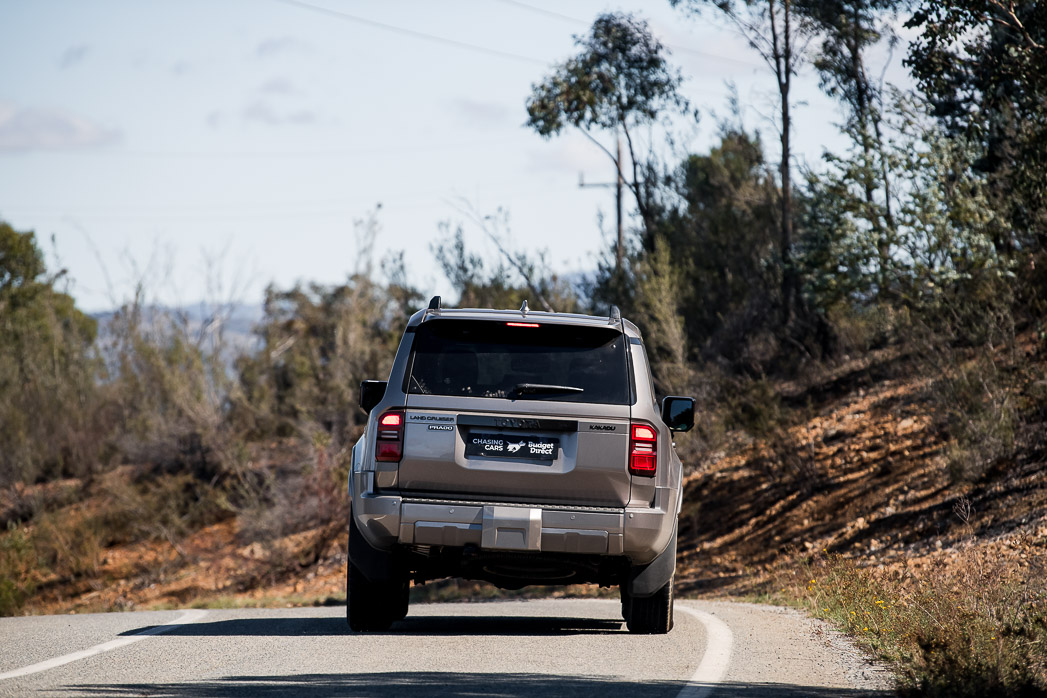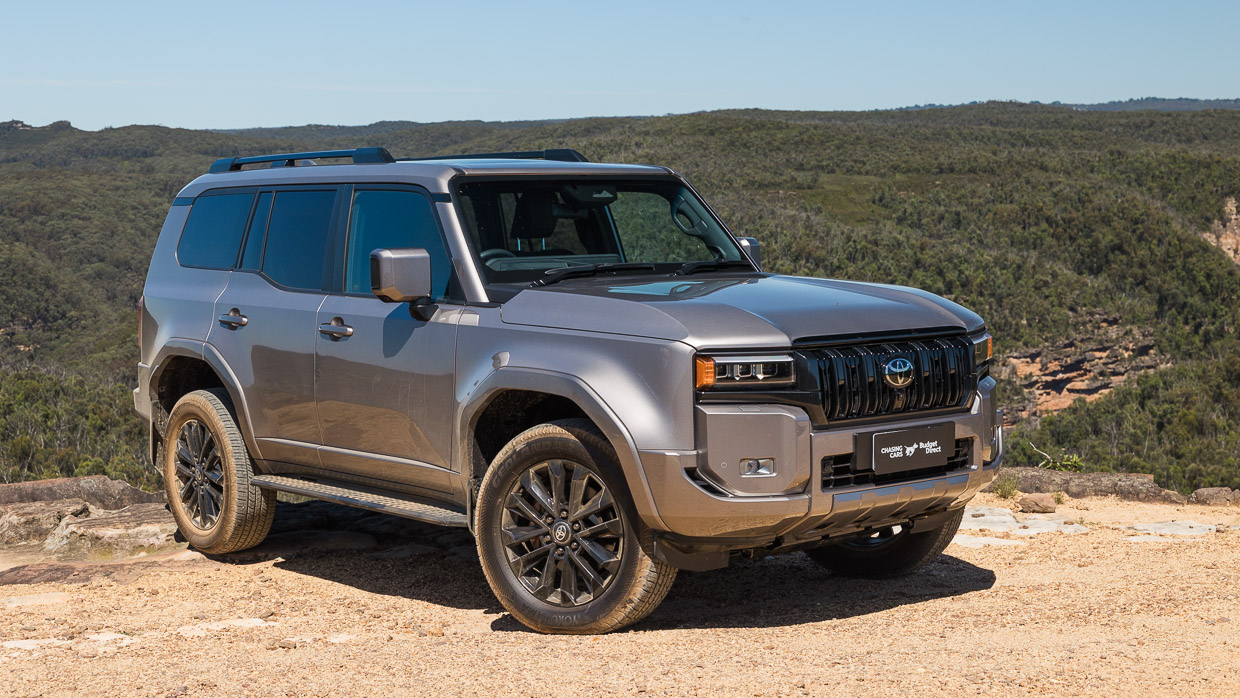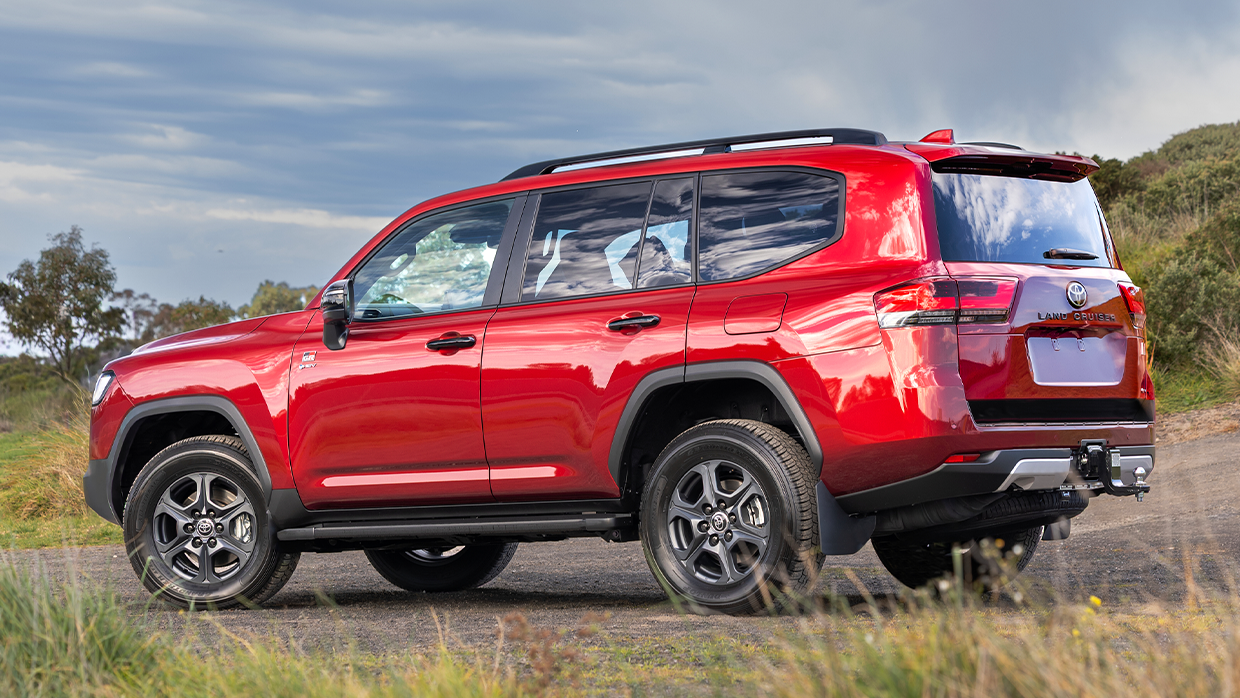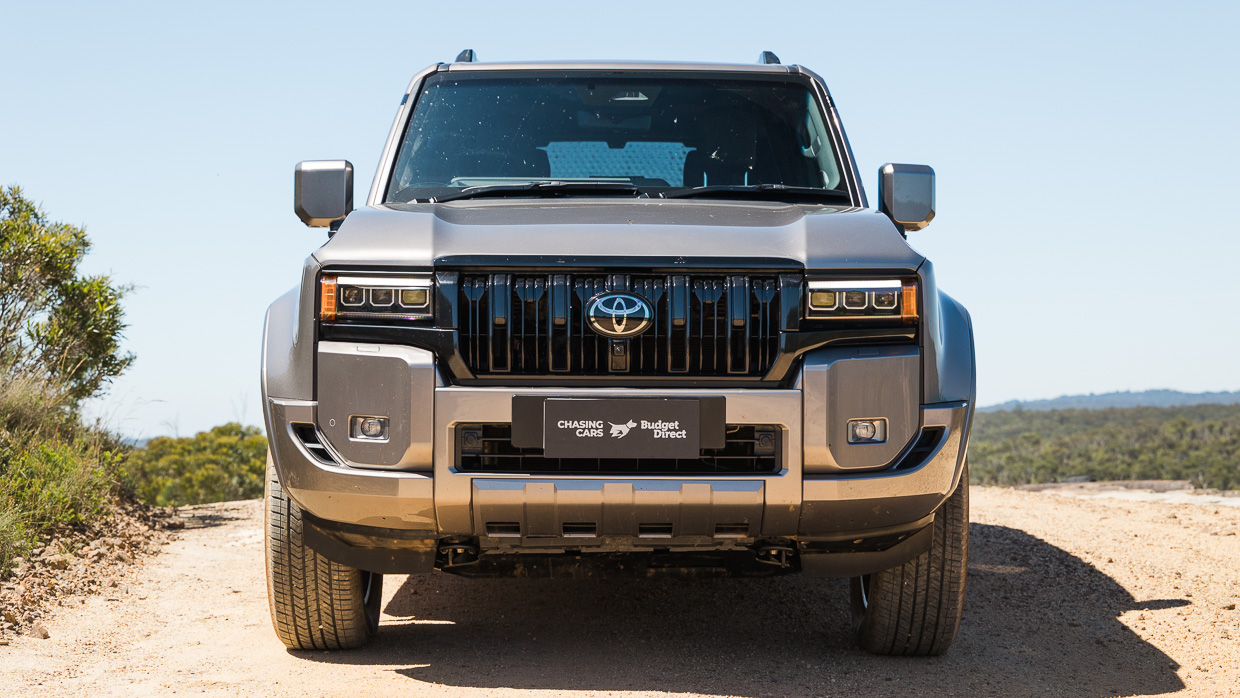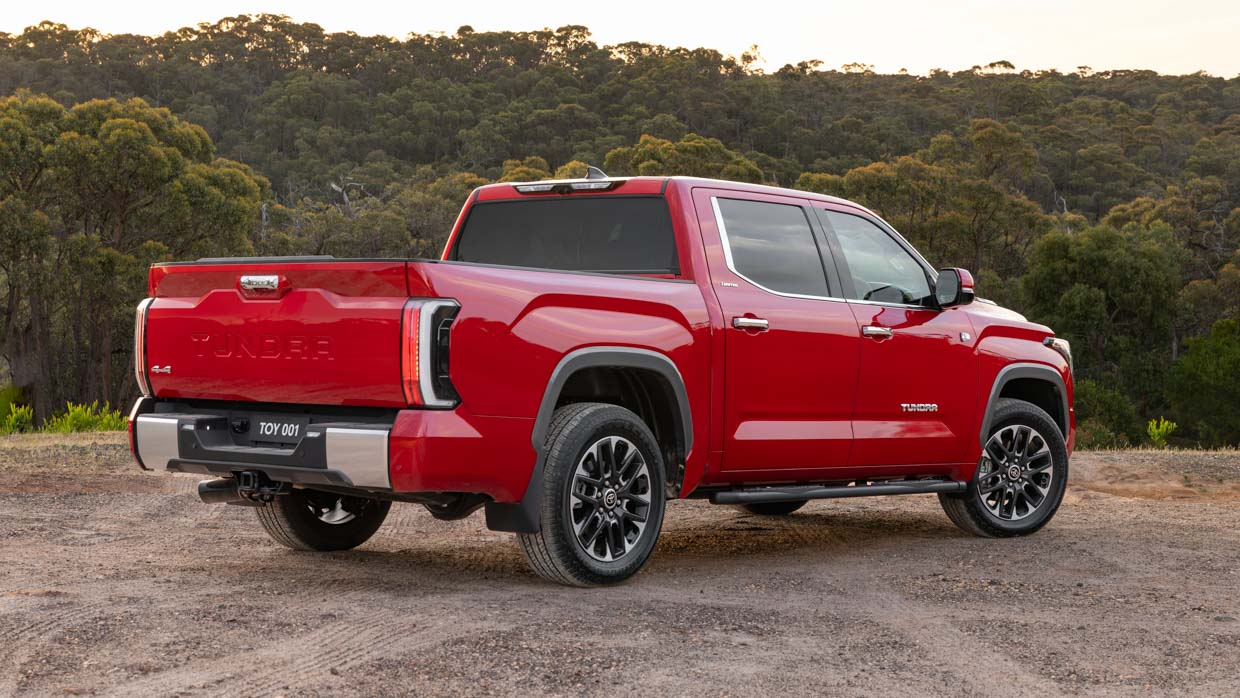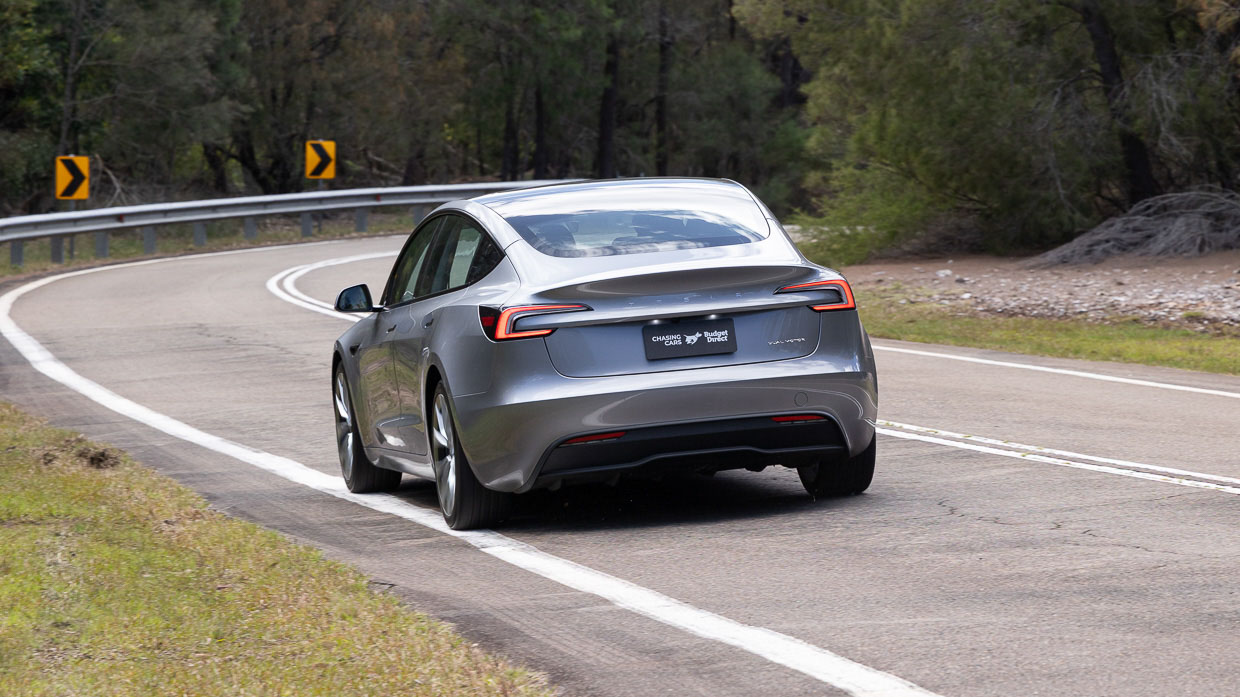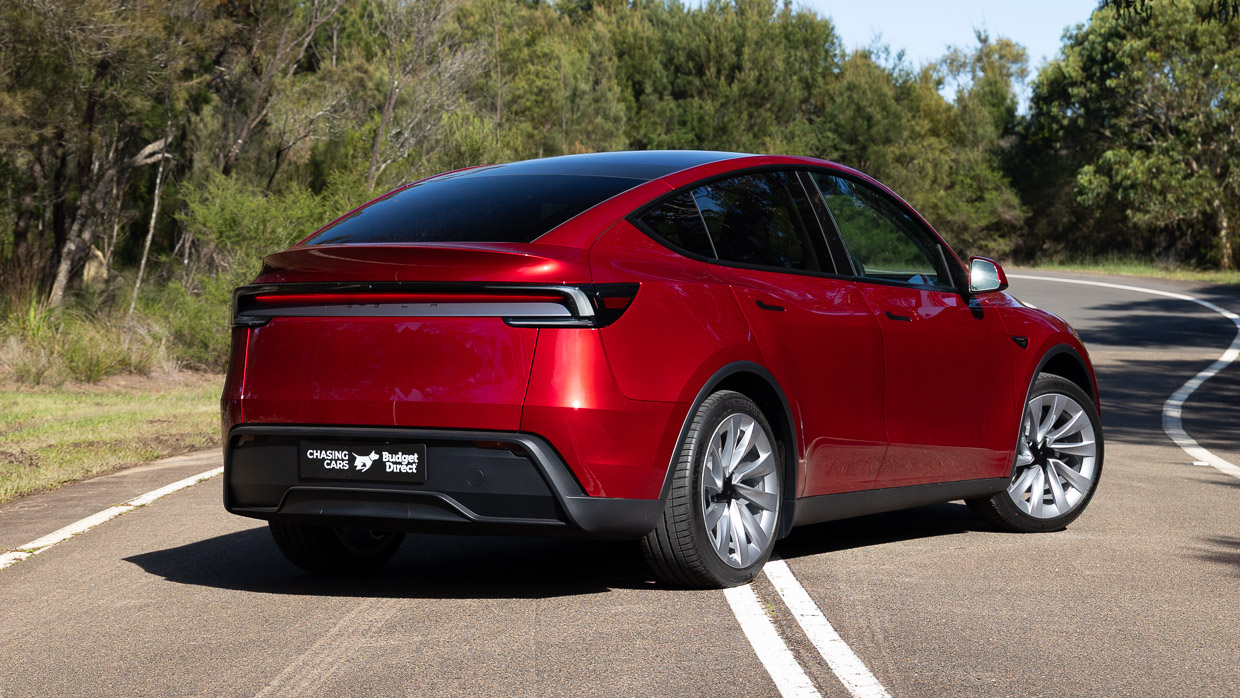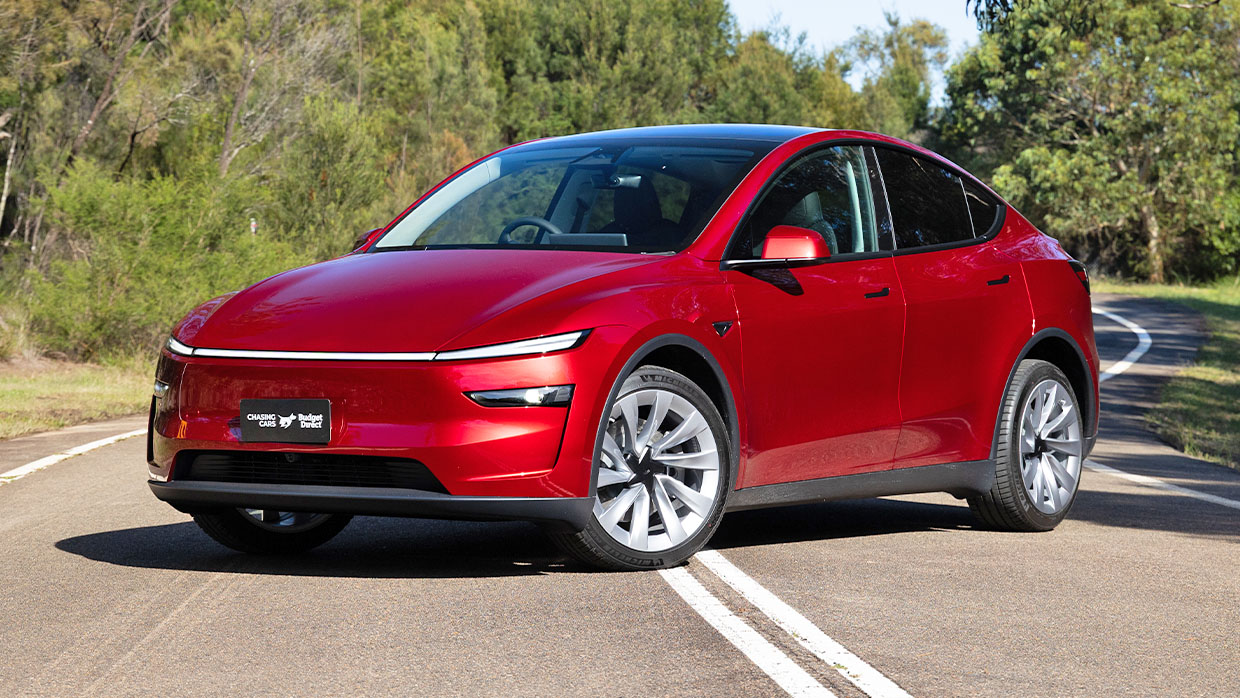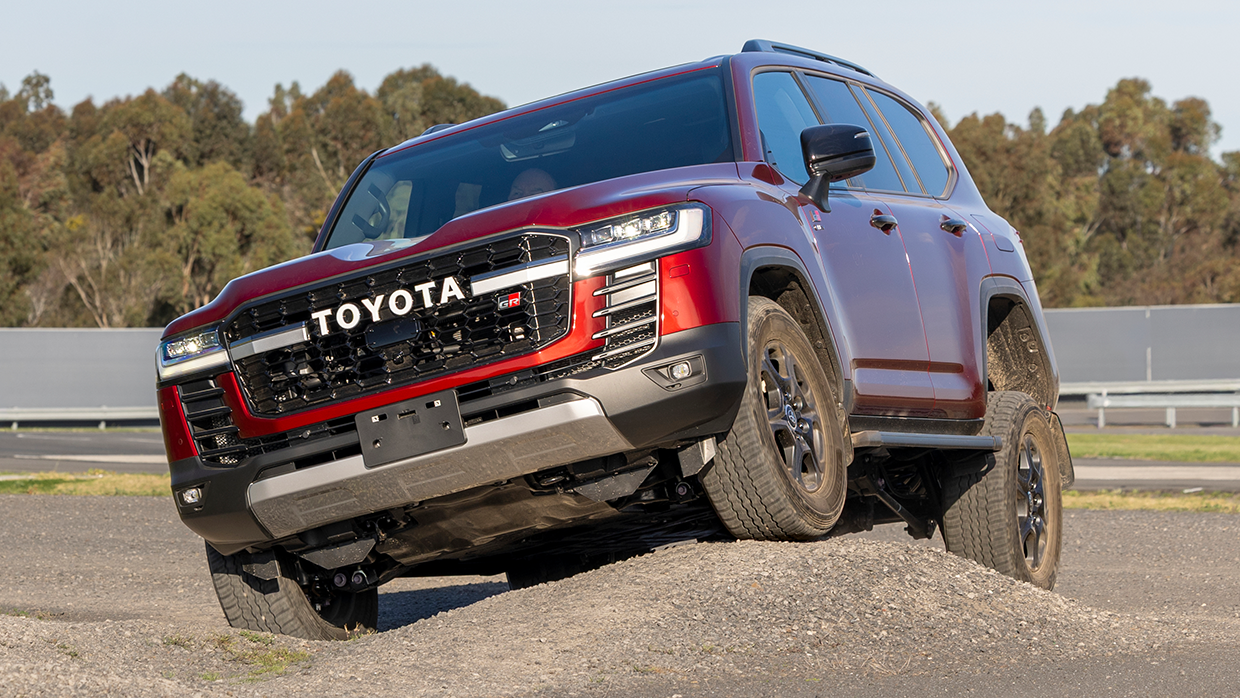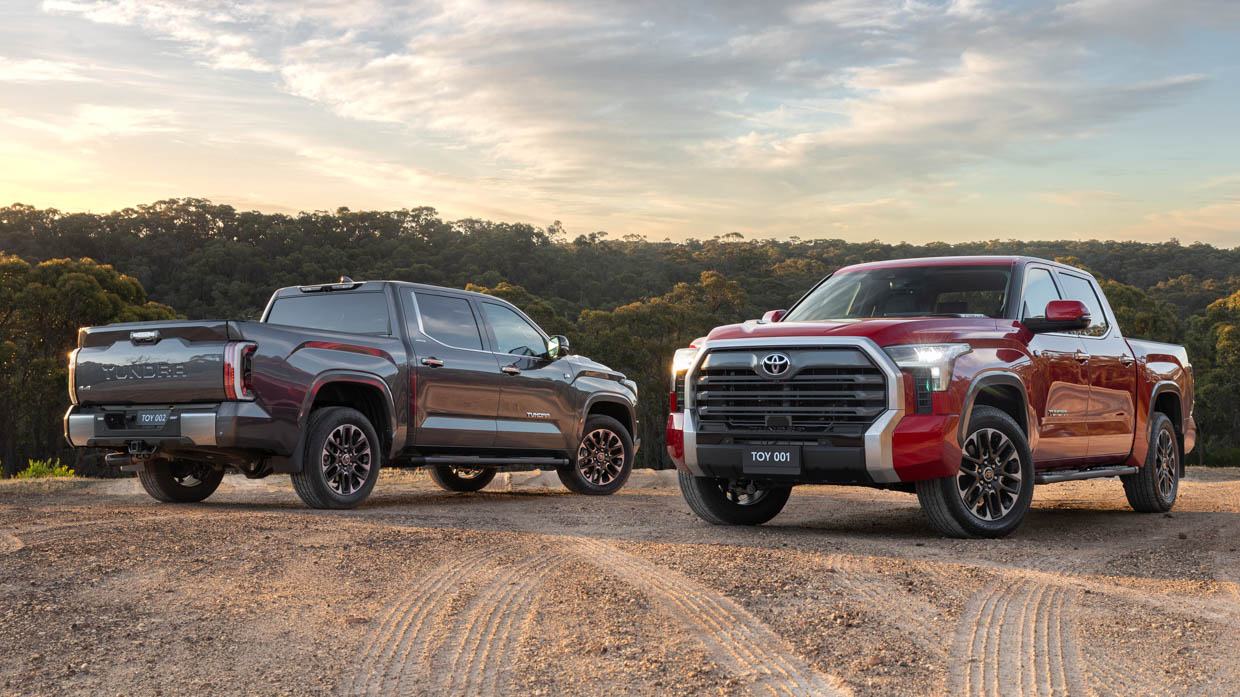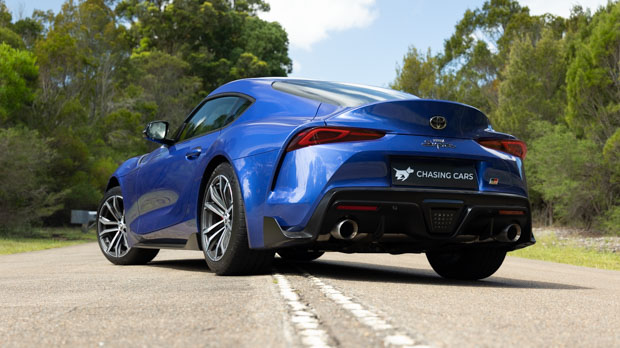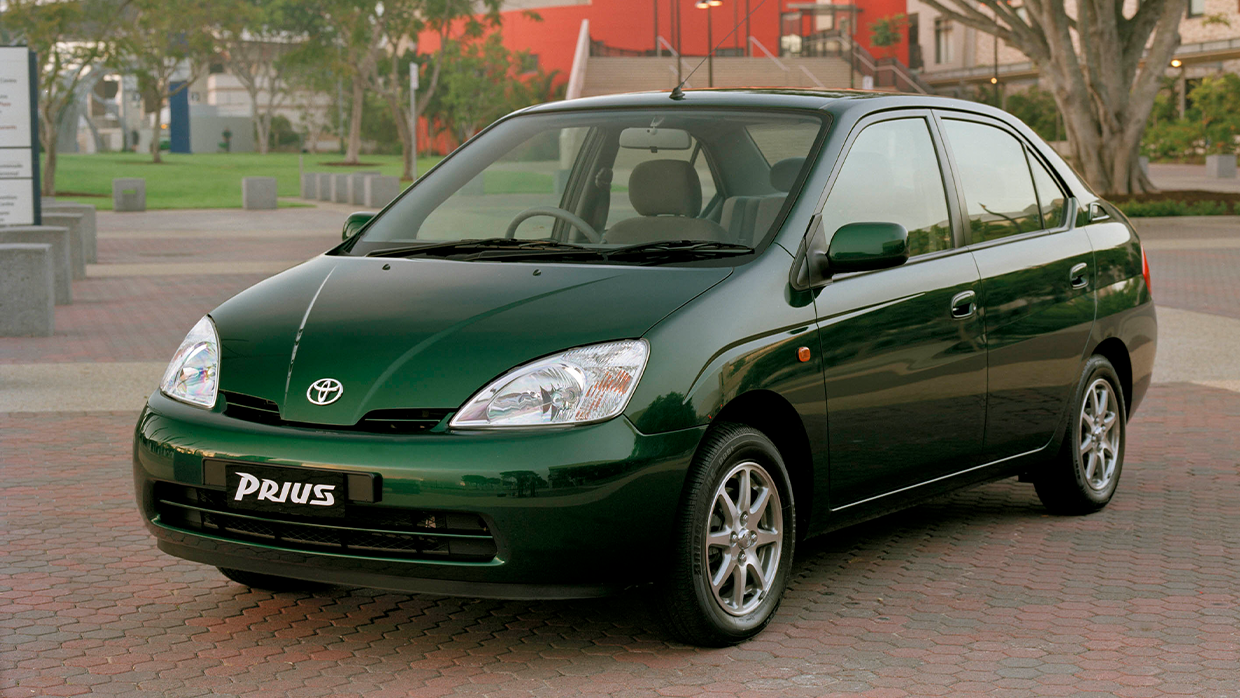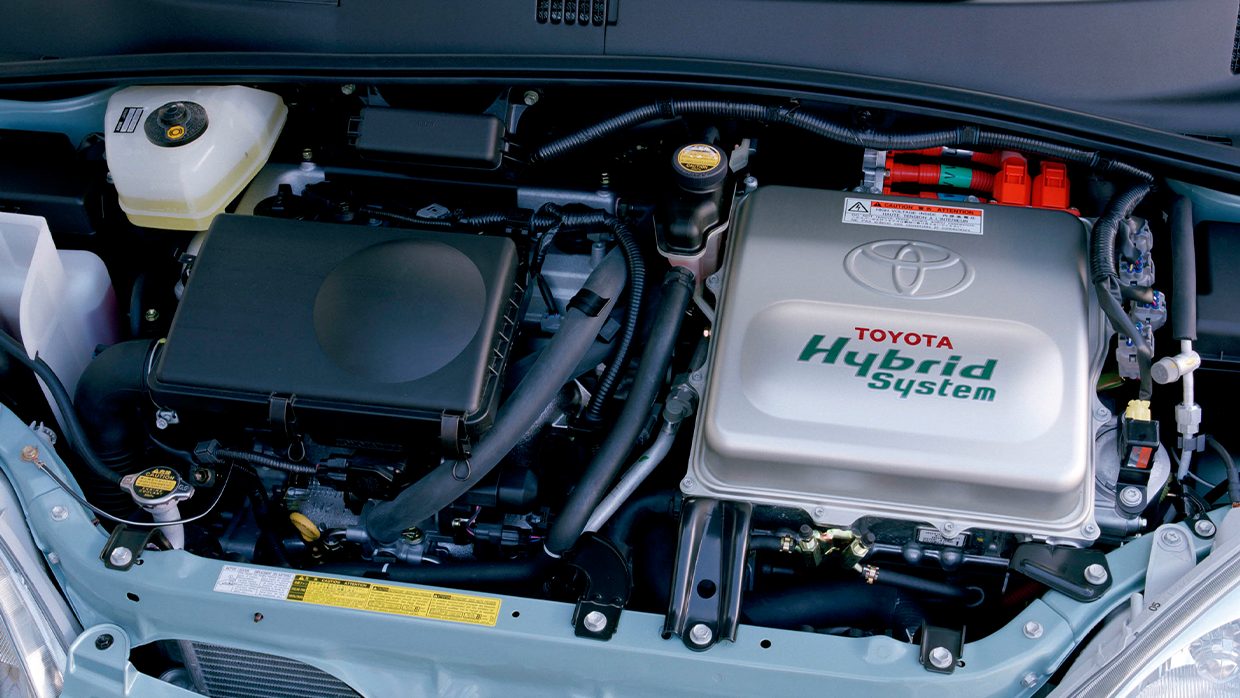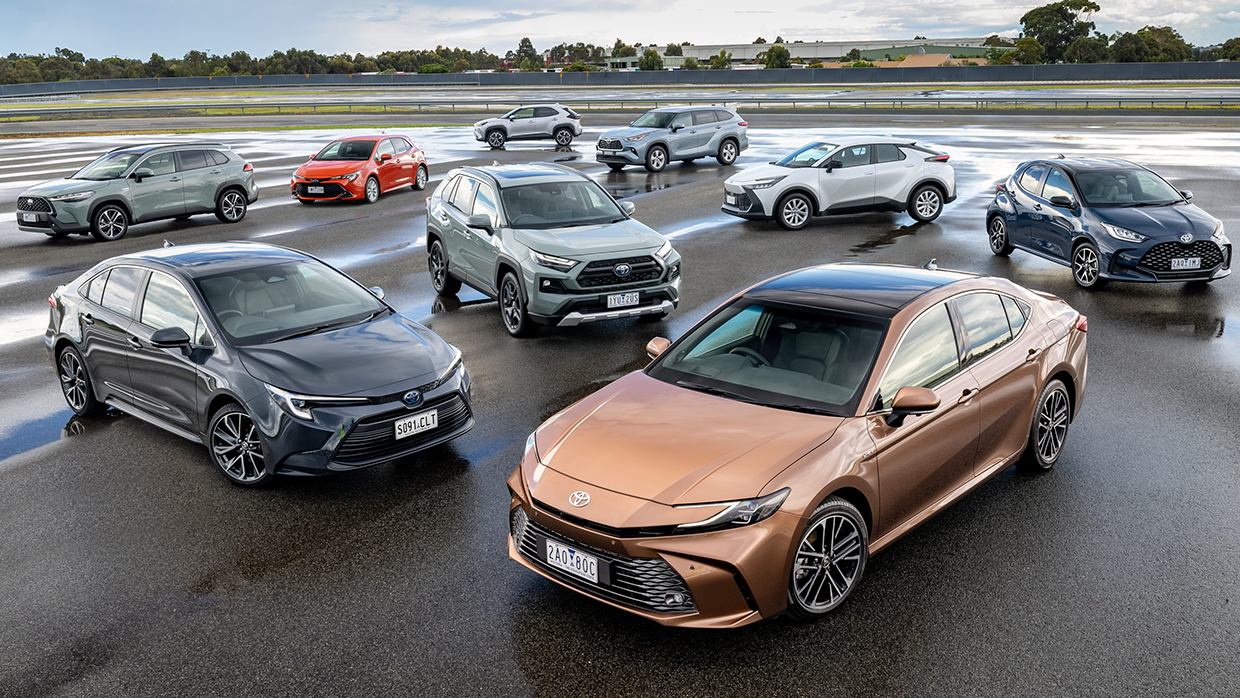Exclusive: MGS5 EV set to score new 151kW electric motor in 2026 update
Chinese language manufacturer MG has lodged formal approval paperwork to introduce a brand new 151kW model of the MGS5 EV diminutive-midsize SUV in Australia, paired to a 62kWh lithium iron phosphate (LFP) battery.
Right here is the first time that a motor of that energy output has been published globally, with simplest 100kW, 125kW and 170kW configurations being public records. The latter motor is mostly equipped with 180kW foreign.
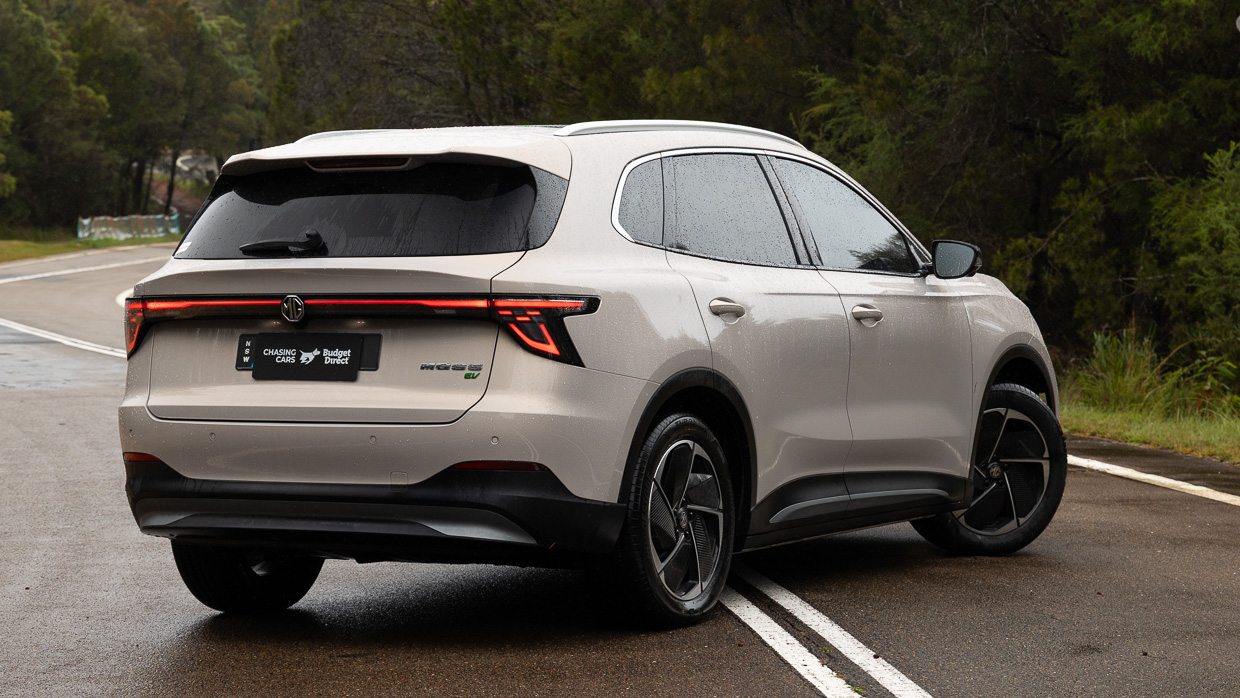
For the time being, the MGS5 is on hand with two LFP battery sizes (49kWh and 62kWh), both paired solely with the 125kW motor.
The brand new 151kW motor, which has been permitted by the Australian federal authorities’s transport regulator, might possibly change the present 125kW/250Nm rear motor suited for all local versions of the MGS5.
Alternatively, the 151kW motor might possibly turn right into a top fee motor paired to the 62kWh battery, leaving the lower output 125kW model for the smaller 49kWh battery possibility.
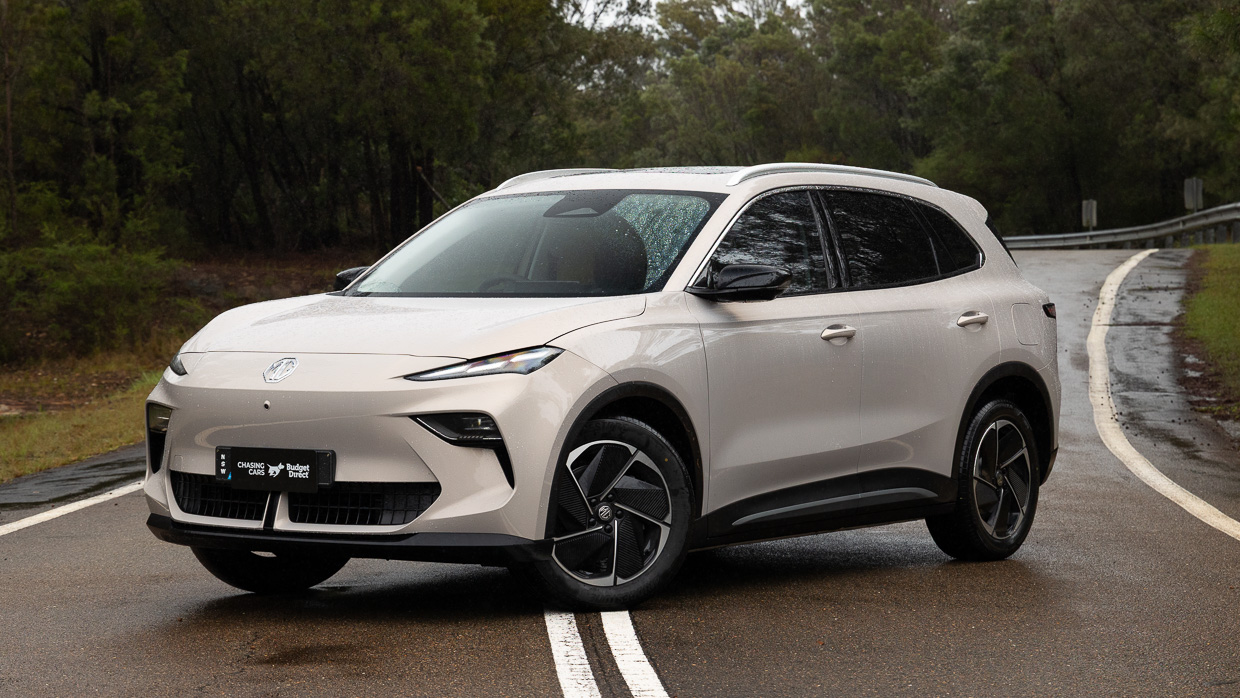
The MGS5 is currently priced from $40,490 driveaway in 49kWh procure while the 62kWh battery attracts a $4500 top fee, adding 90km extra differ (425km vs 335km).
The brand new motor would place the rear-force MGS5 on squarer footing to key front-force electrical opponents similar to the 150kW BYD Atto 3 (from $40K plus on-side highway costs) and 160kW Geely EX5 (from $41K + ORCs).
To the discontinuance of October 2025, MG has delivered 1466 MGS5s in Australia, all with the 125kW motor.
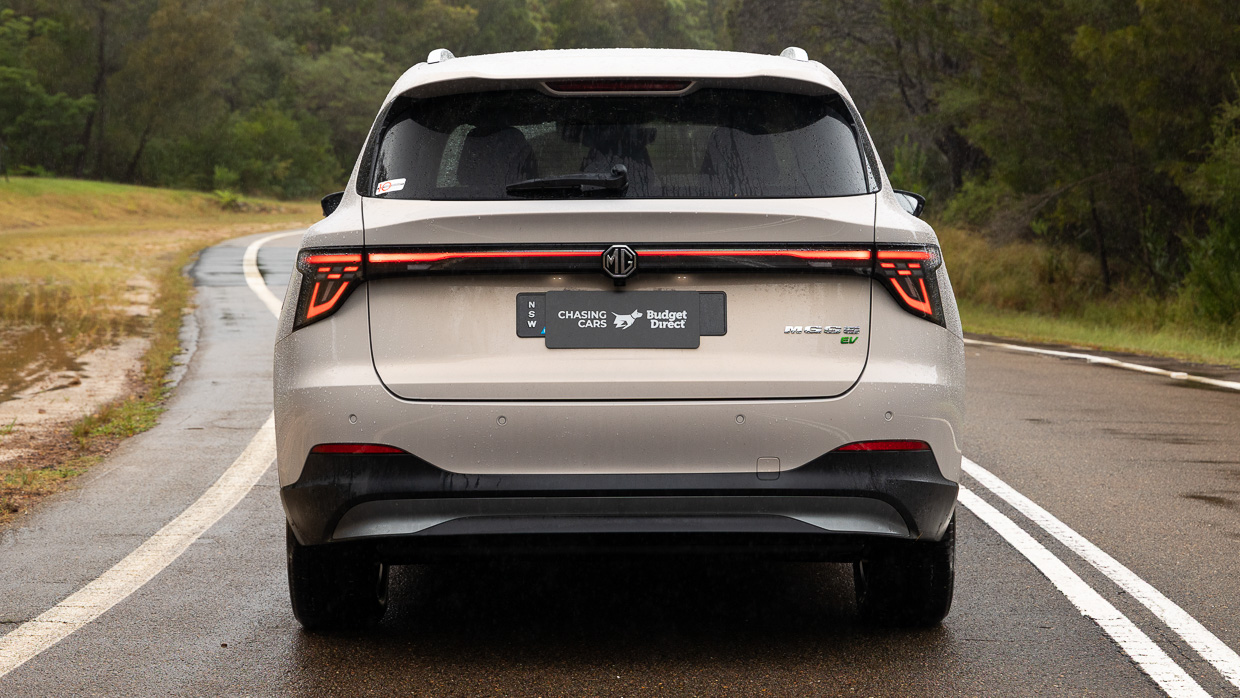
MG Australia has also held a standing approval for roughly a yr for the excessive-energy 170kW model, however it has up to now chosen no longer to import an MGS5 with that energy stage.
The 151kW motor might possibly be easier to tell to Australia because it uses the 62kWh LFP battery, whereas the hitherto unavailable 170kW utilises a 64kWh nickel manganese cobalt (NMC) battery pack no longer viewed here.
Unknown is how distinguished torque the 151kW motor makes however given the existence of the 125kW/250Nm and 170kW/350Nm configurations, the 151kW powertrain might possibly manufacture spherical 300Nm.
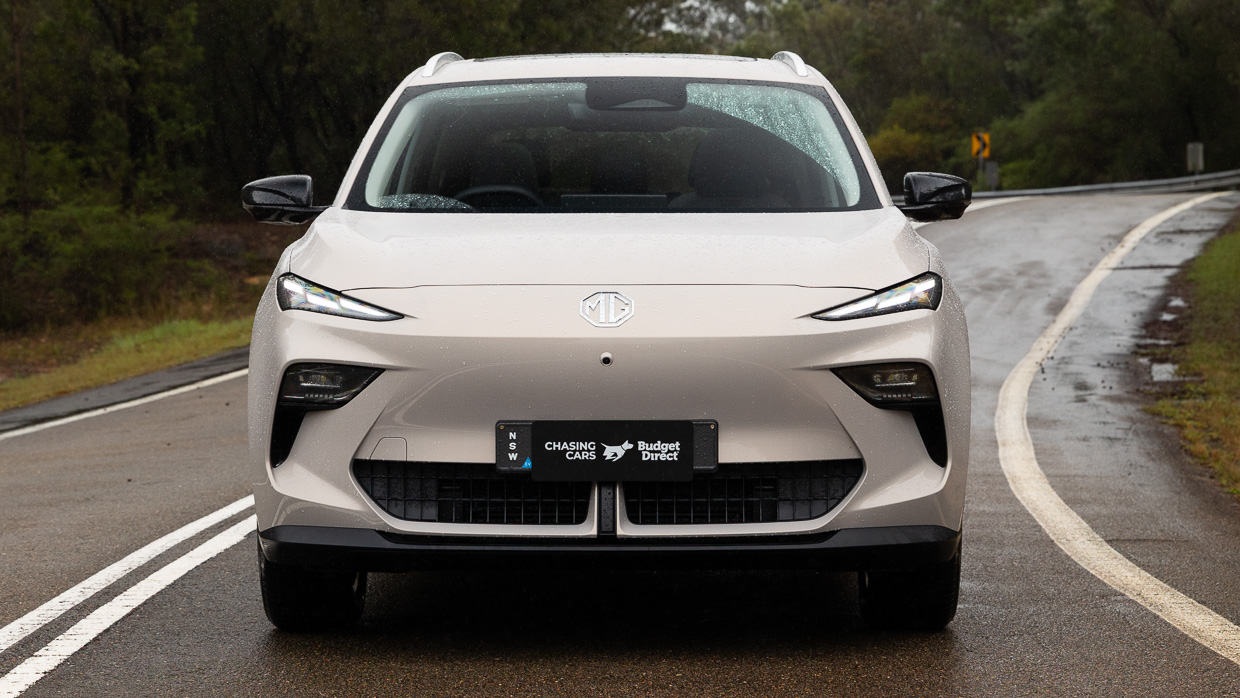
Fitment of the 151kW motor would give a enhance to the MGS5’s performance and lower acceleration times compared to the 125kW model’s circa-8.0 second 0-100km/h fling.
When Chasing Autos tested the S5 EV earlier this yr, we described the performance of the 125kW model as “quite lazy”, no longer leaving “distinguished in reserve for easy country-side highway overtaking or brisk standing-open acceleration.”
Whereas the it sounds as if incoming 151kW model doesn’t pack the burly-fleshy MGS5’s unbridled 170kW, it would almost undoubtedly signify progress.
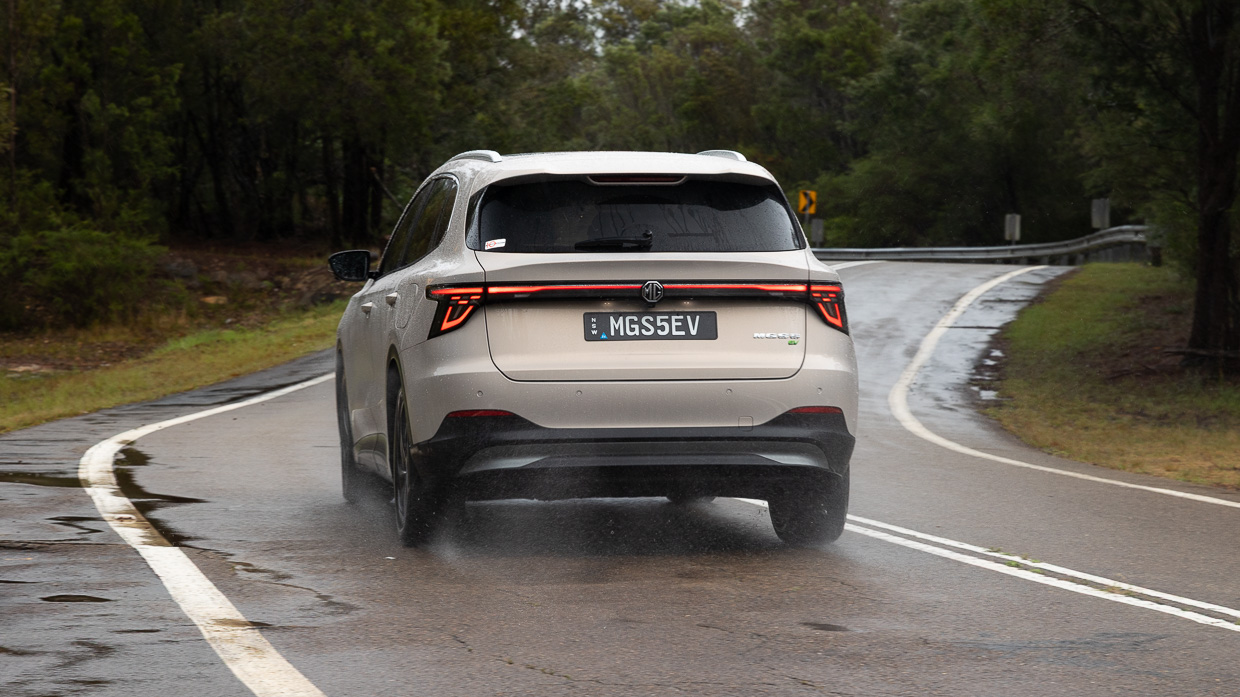
We’ve asked MG Australia what its intentions for the brand new motor are. If we receive notice, we’ll change this anecdote.
Source credit : chasingcars.com.au




